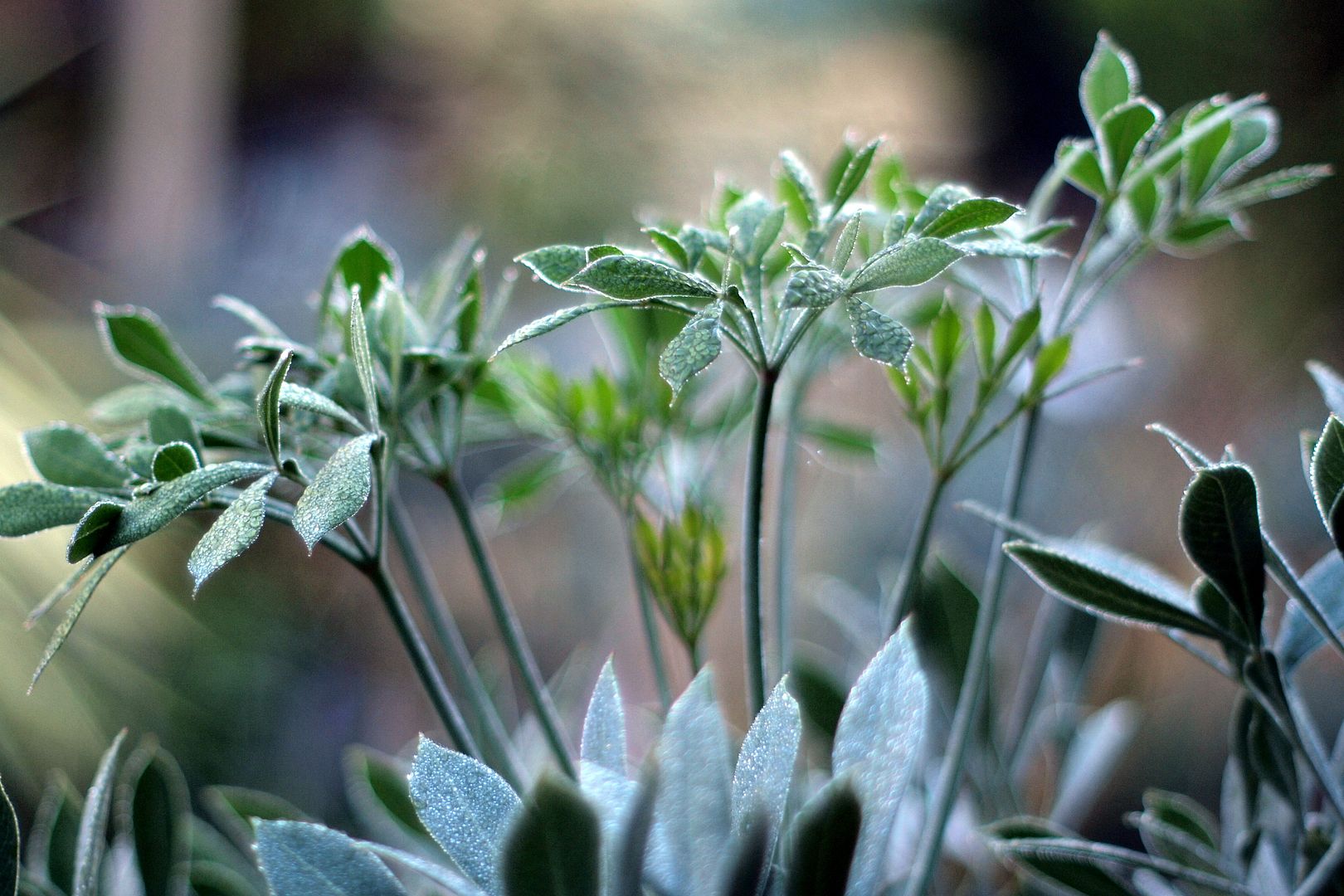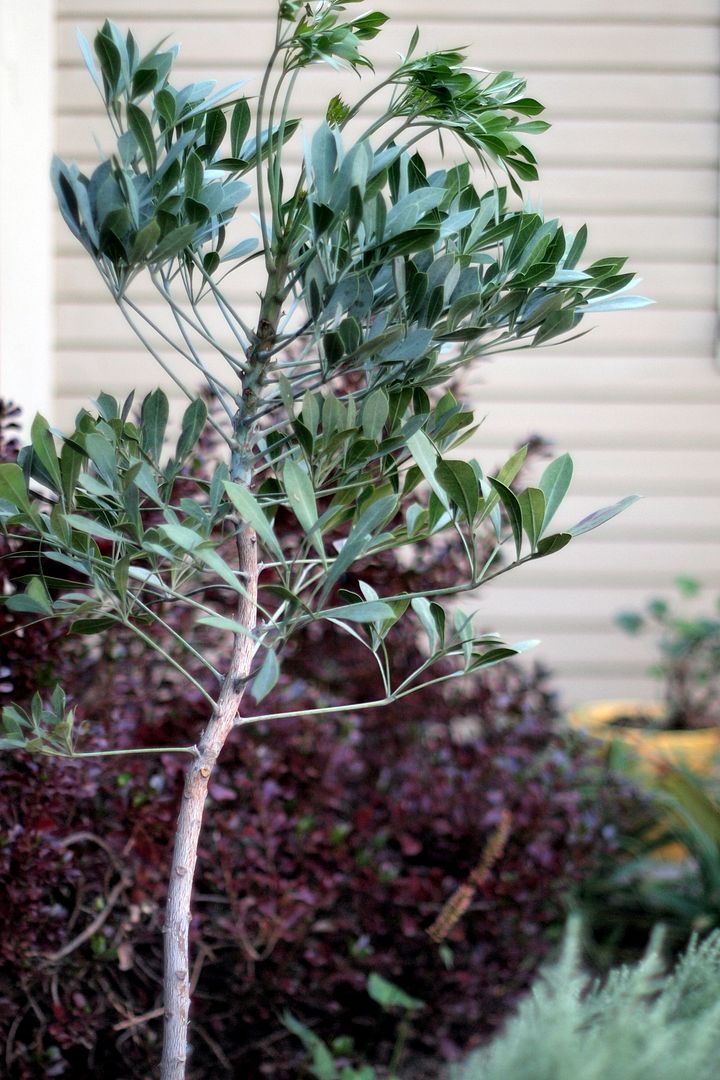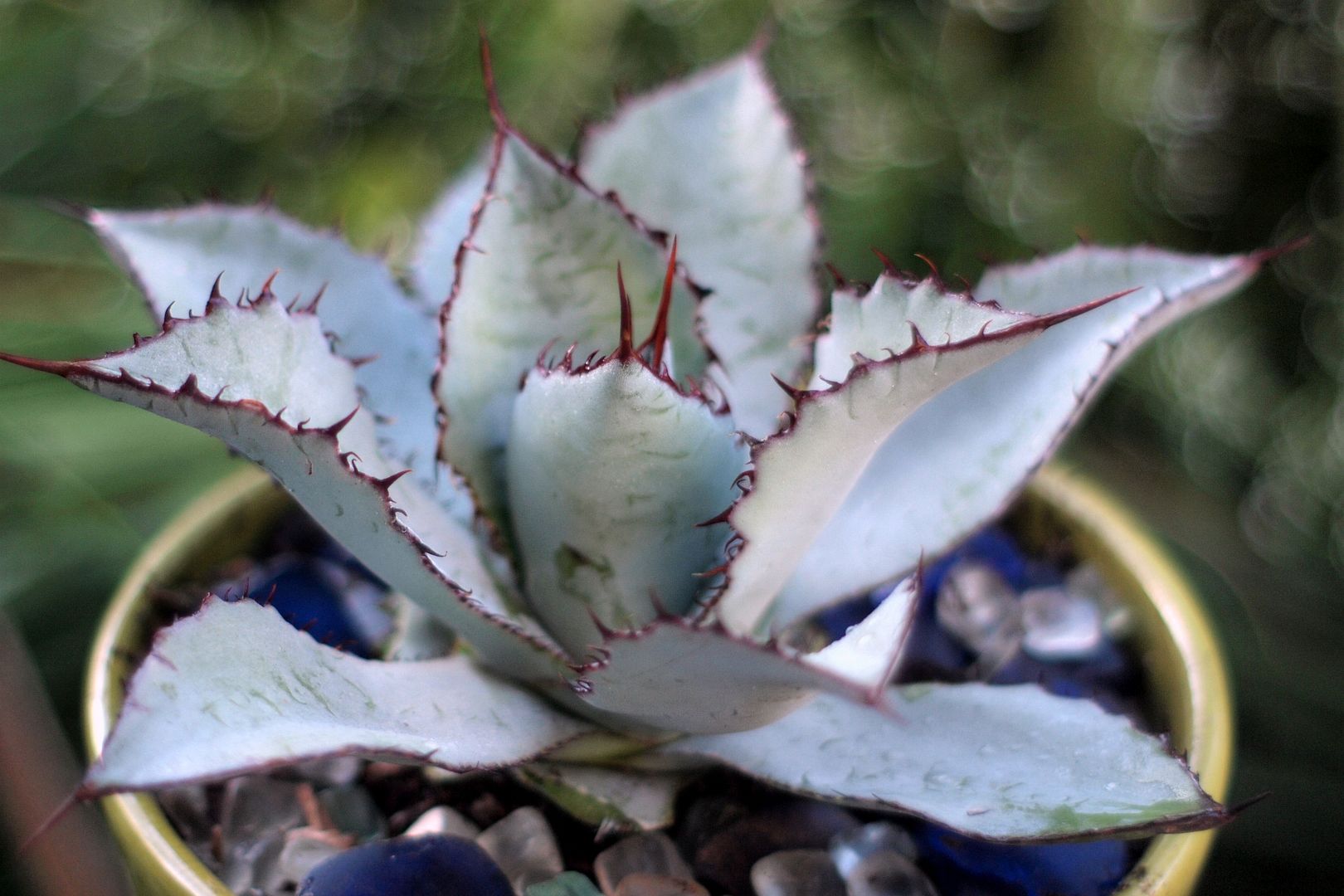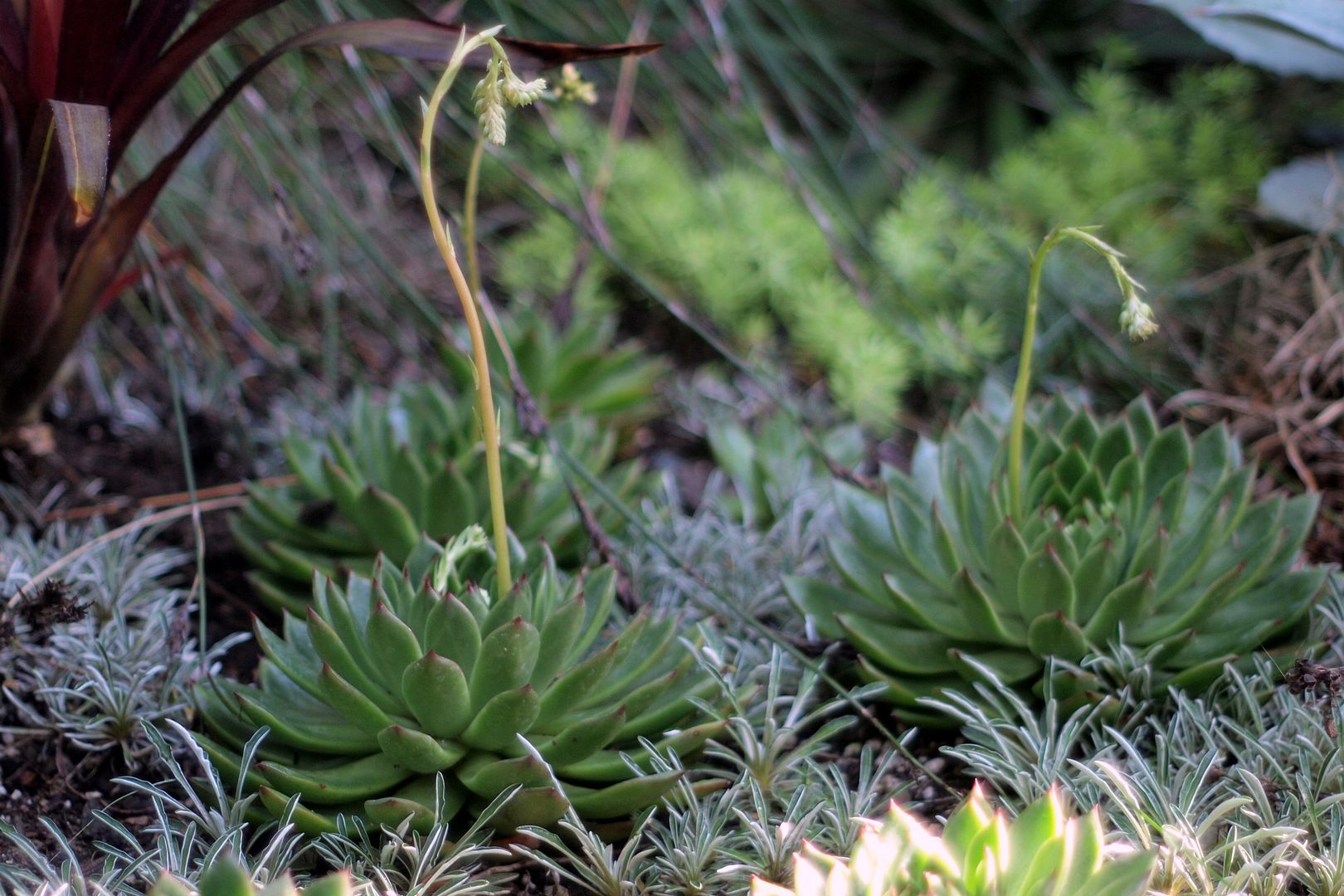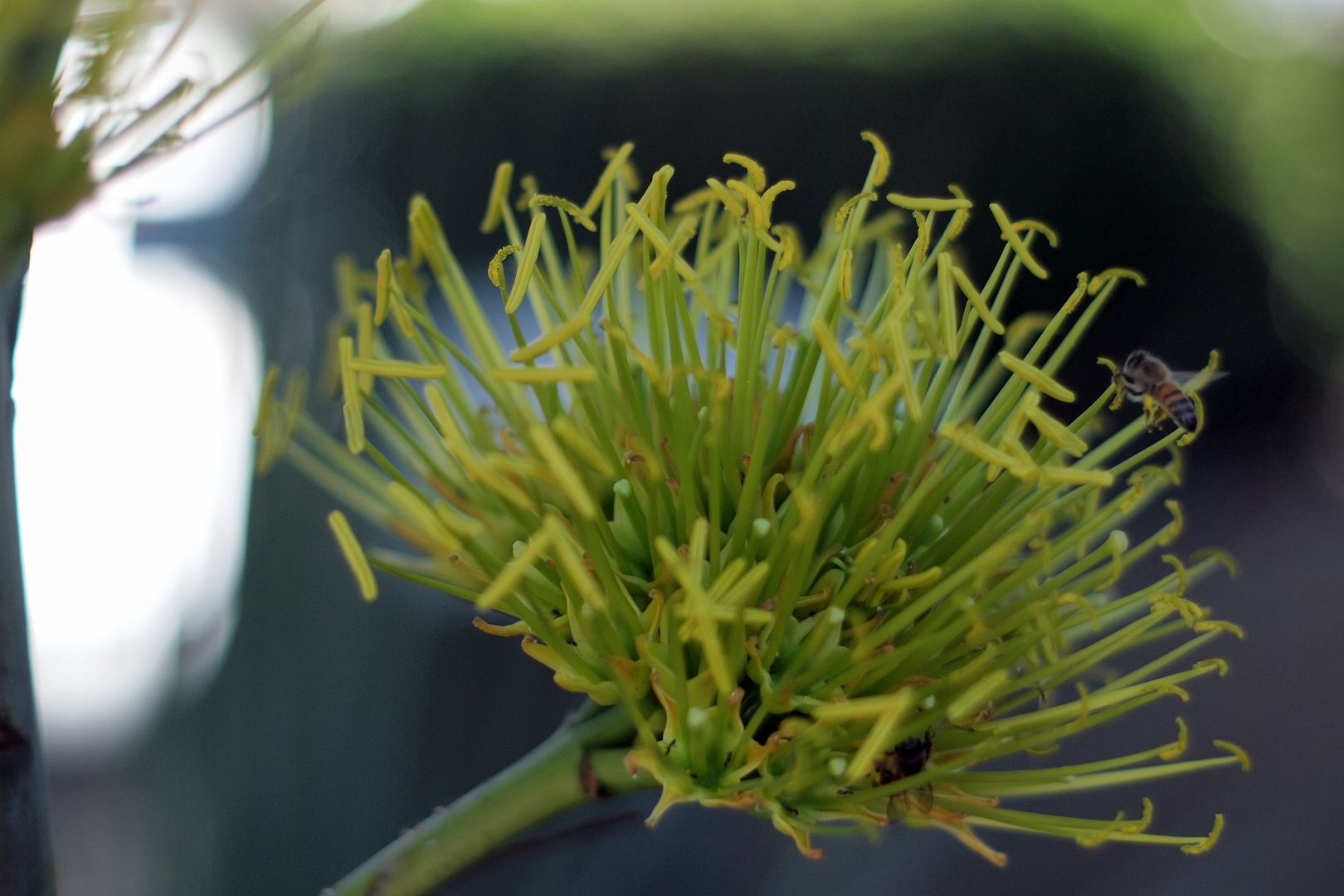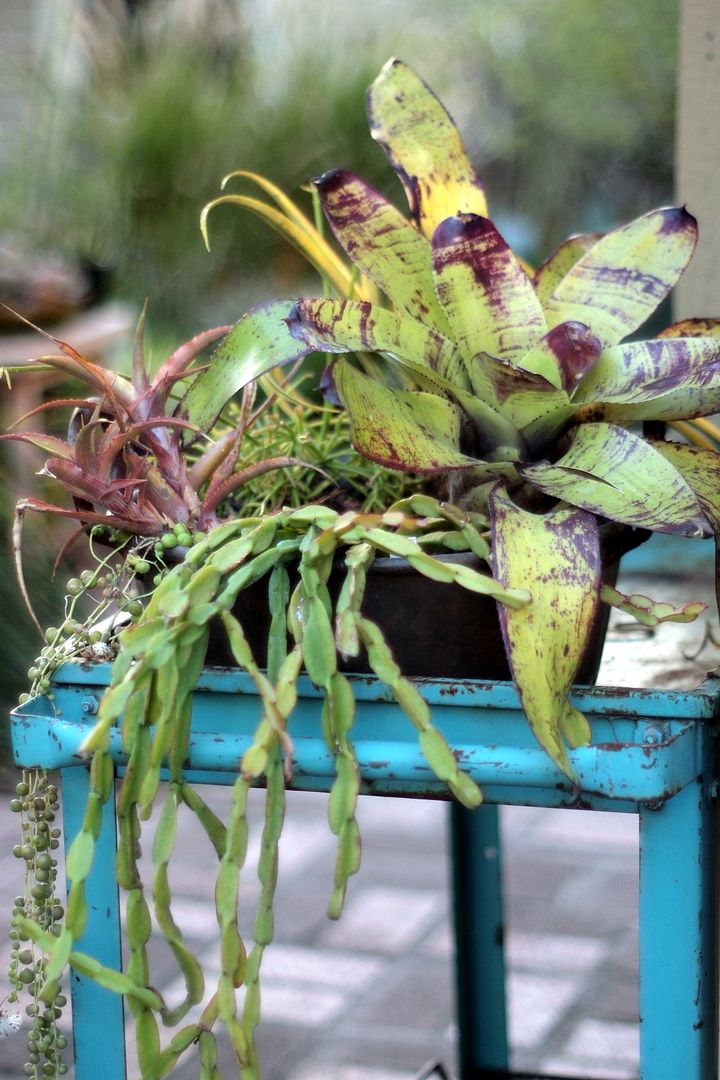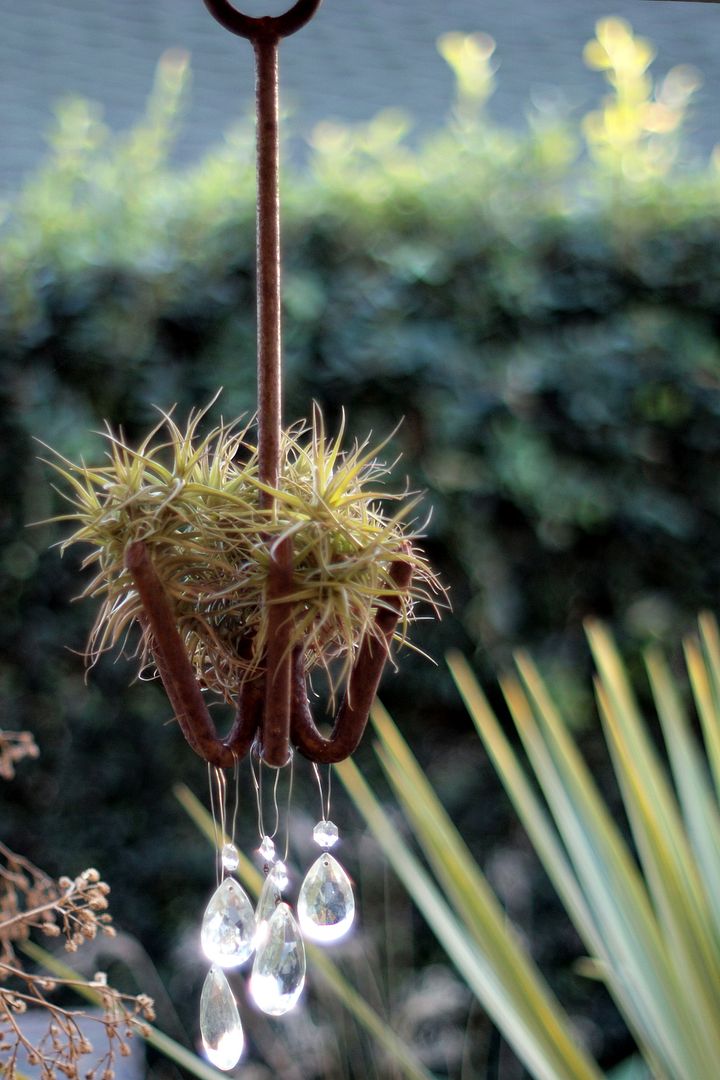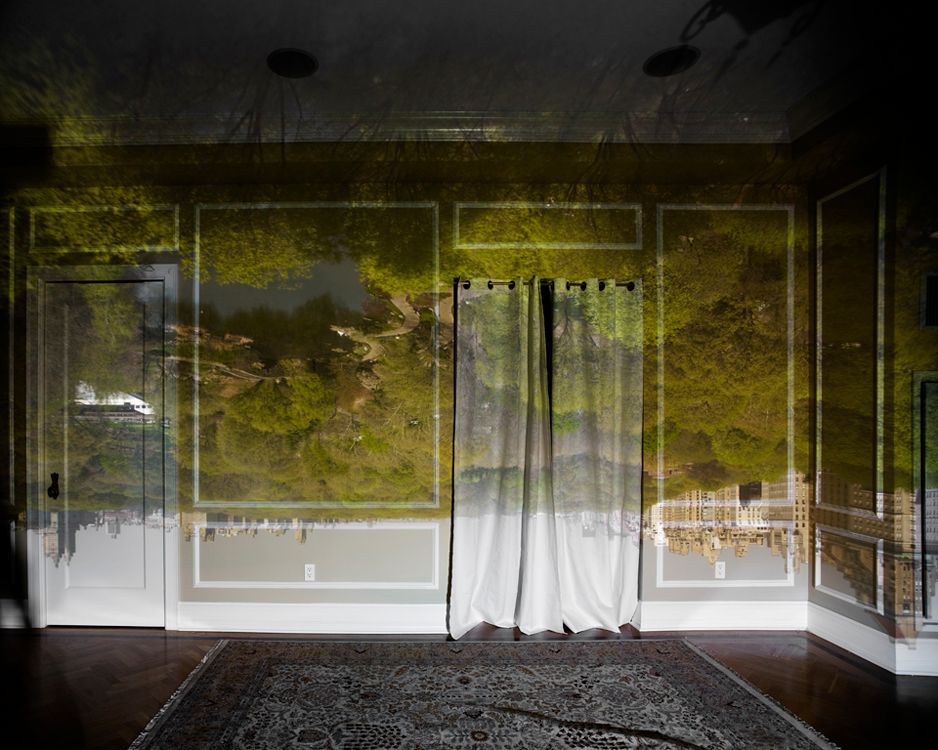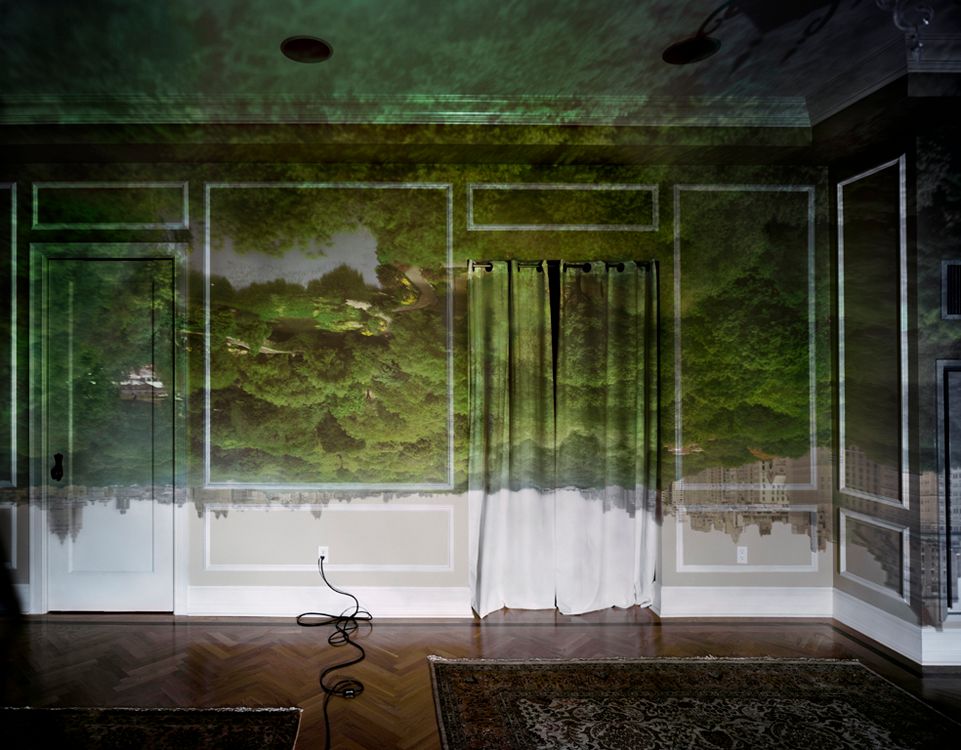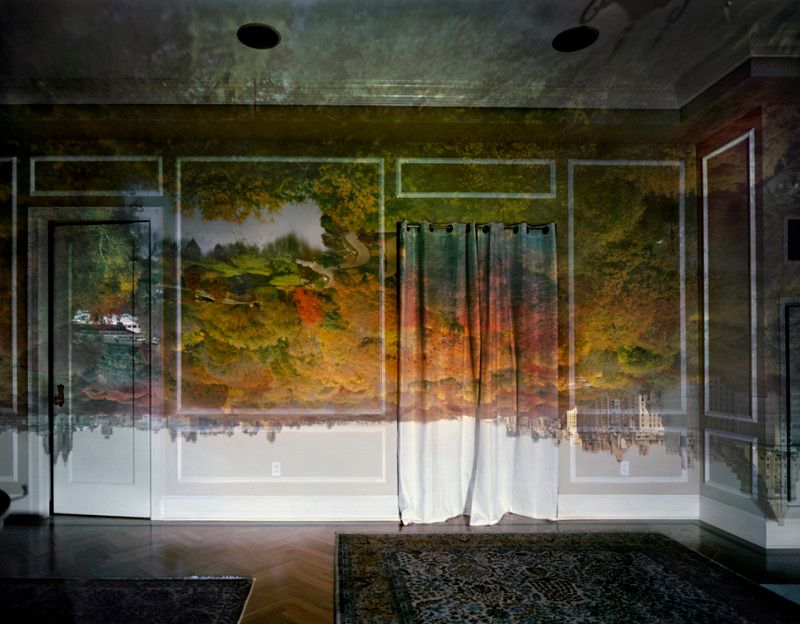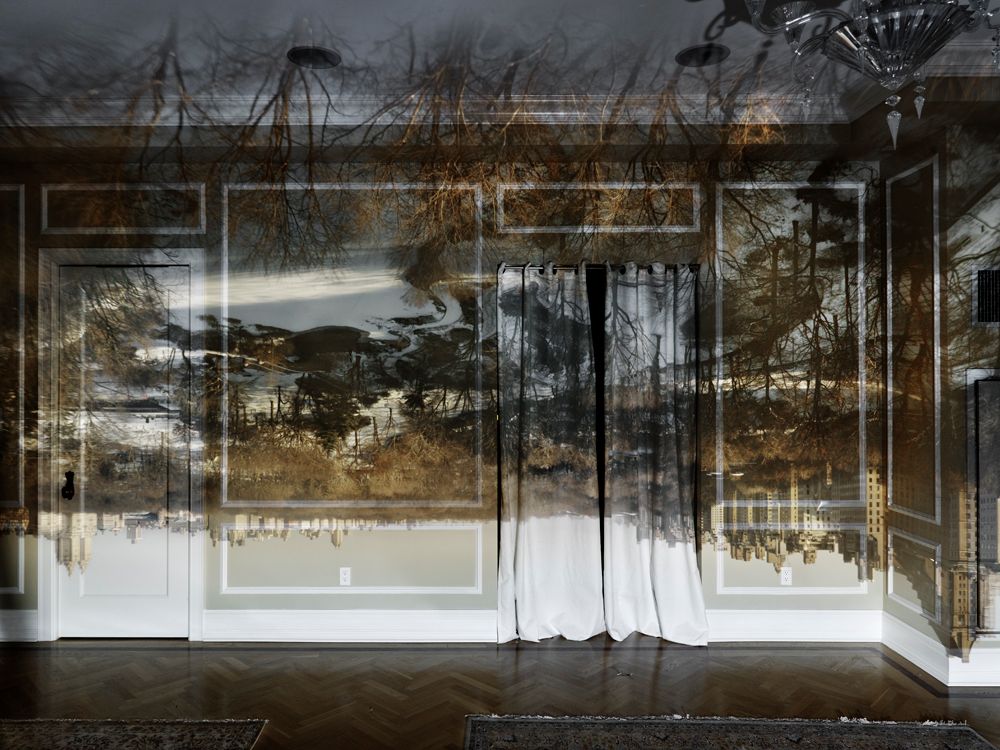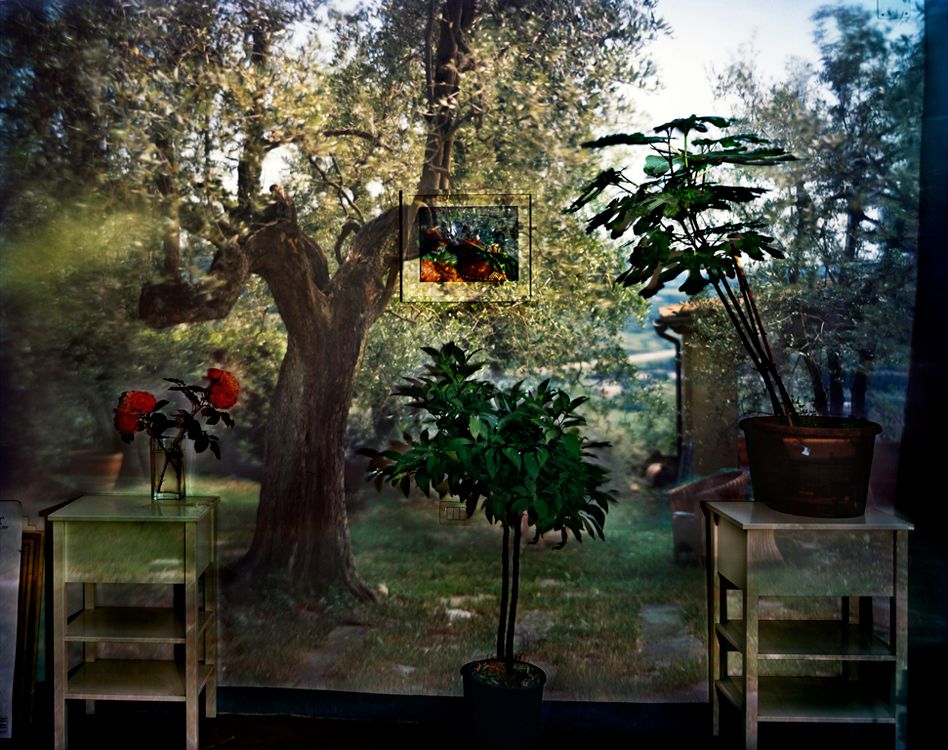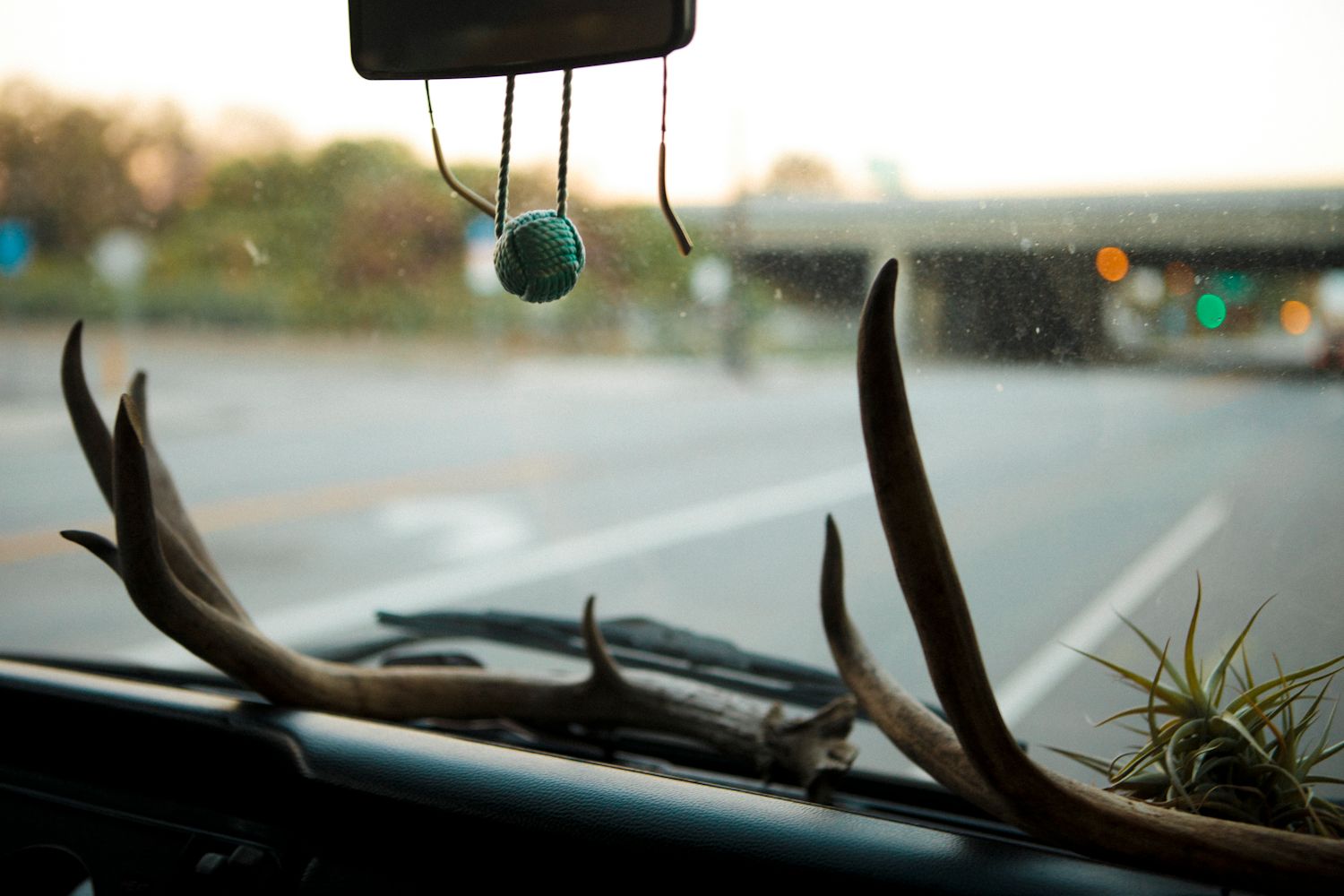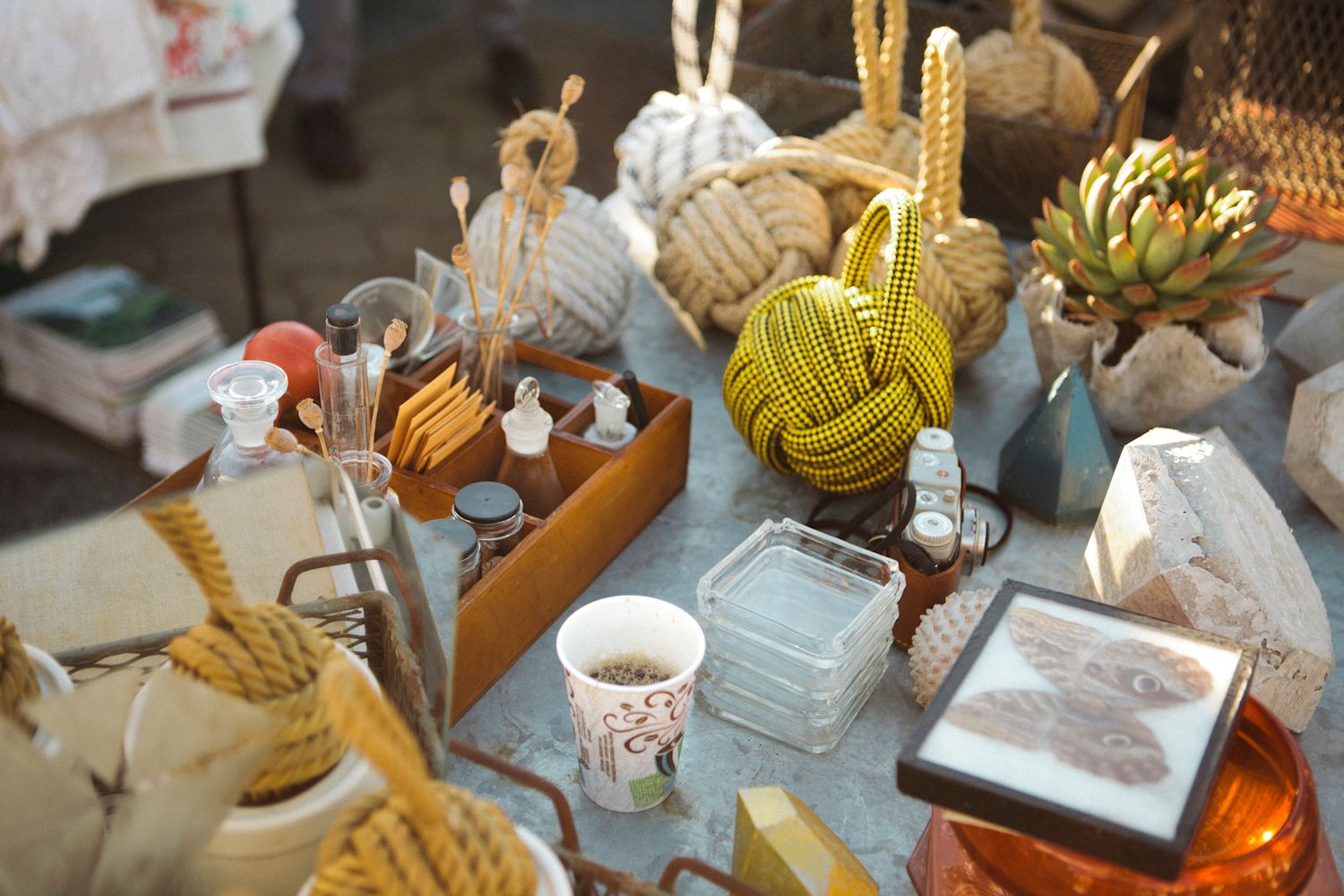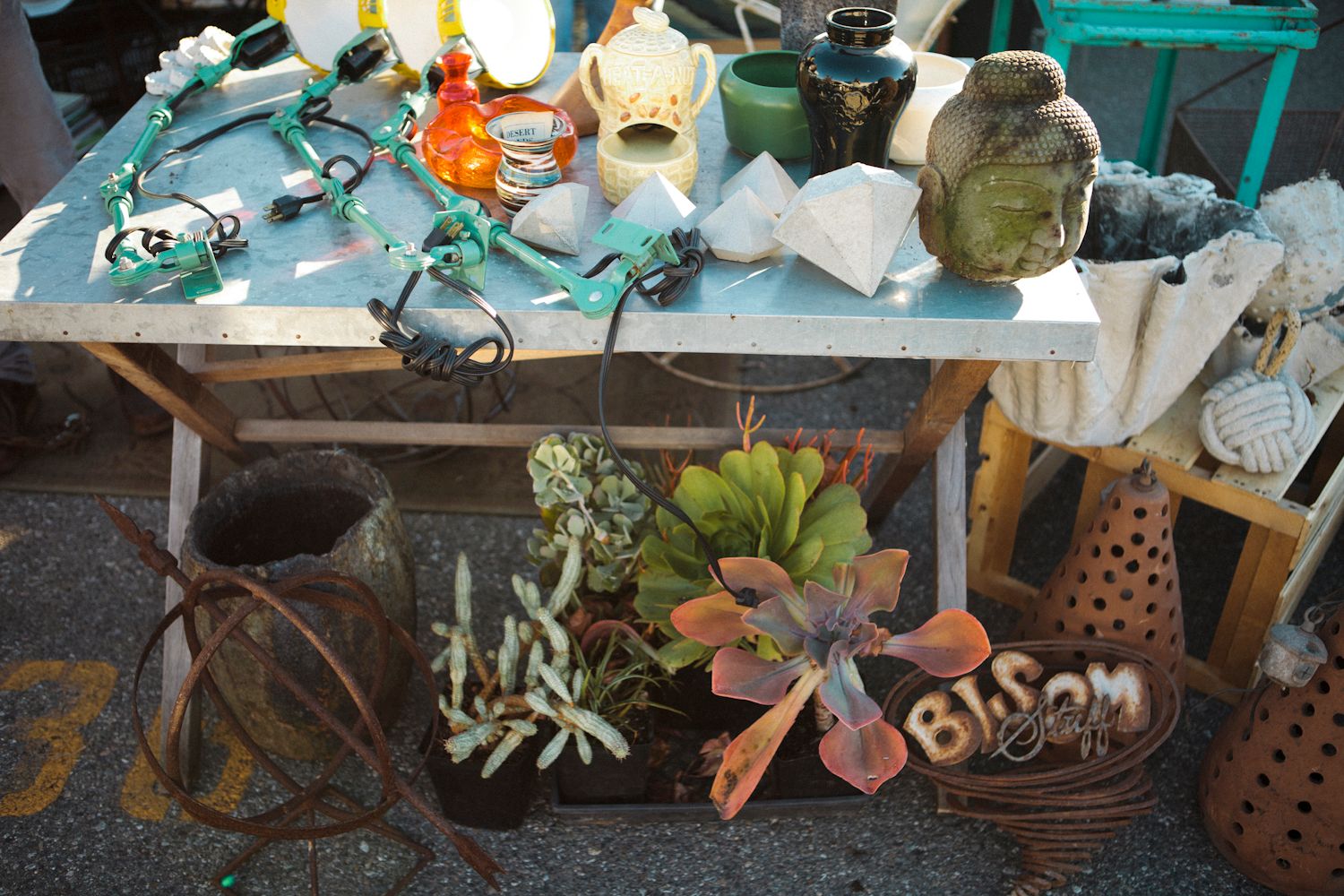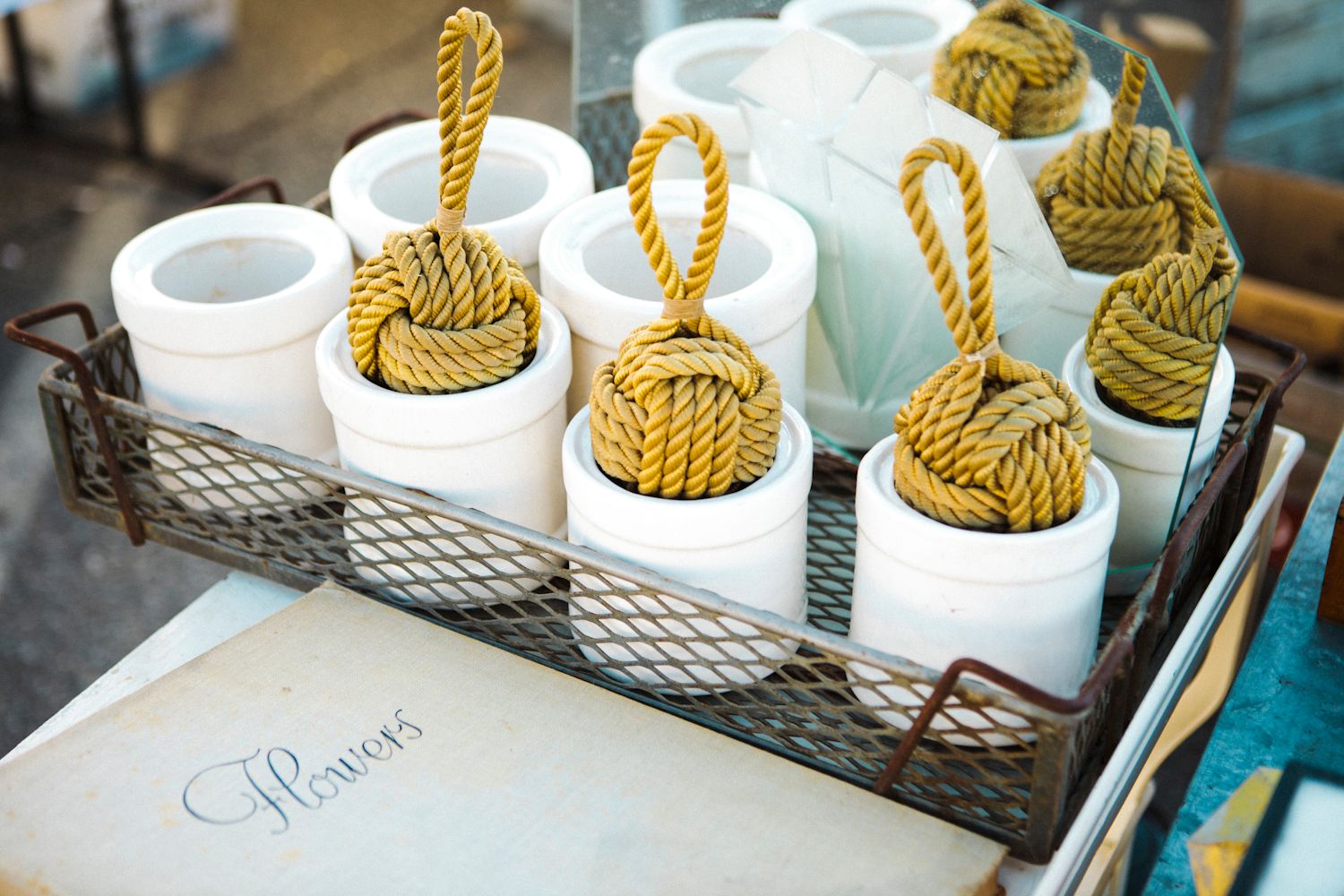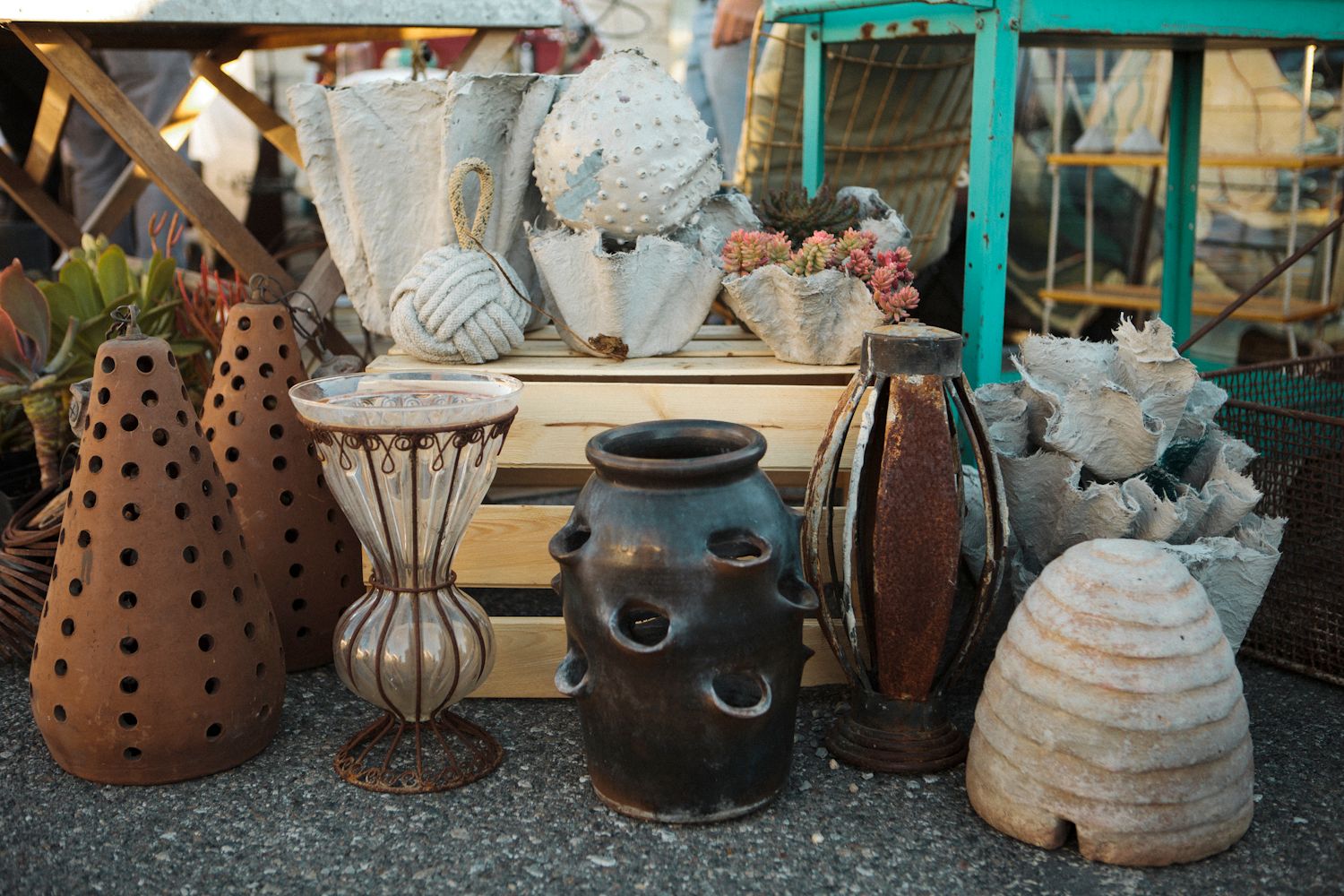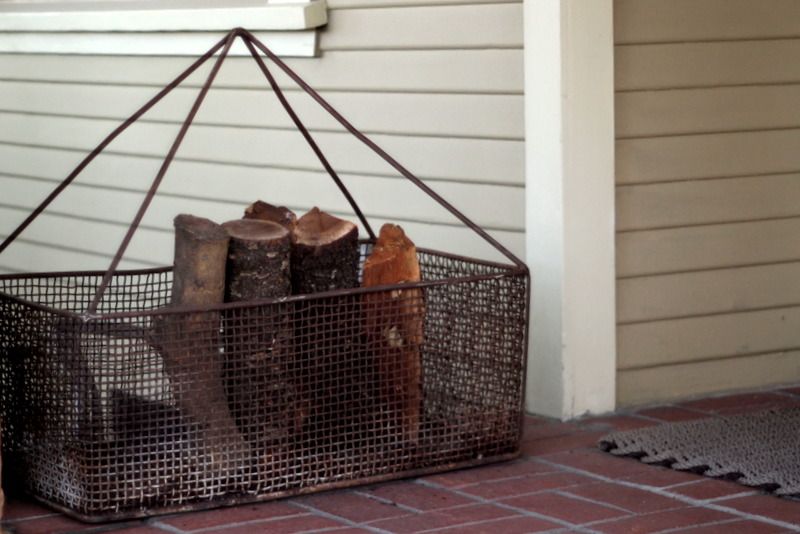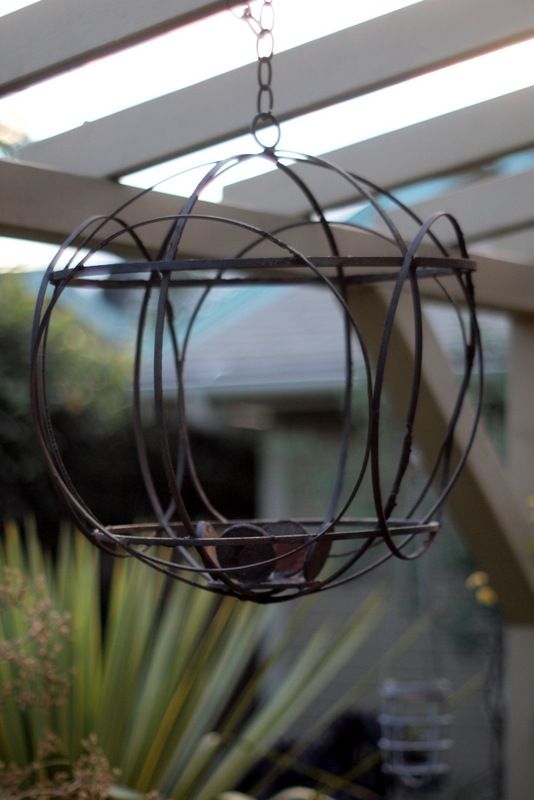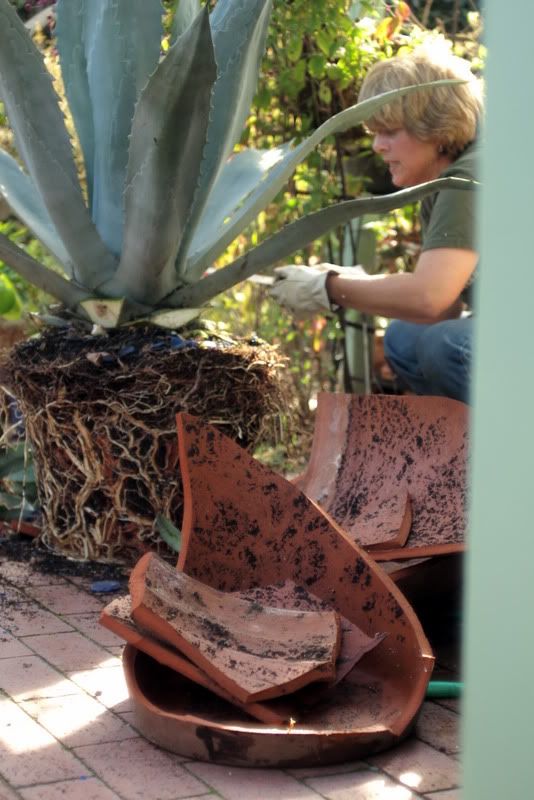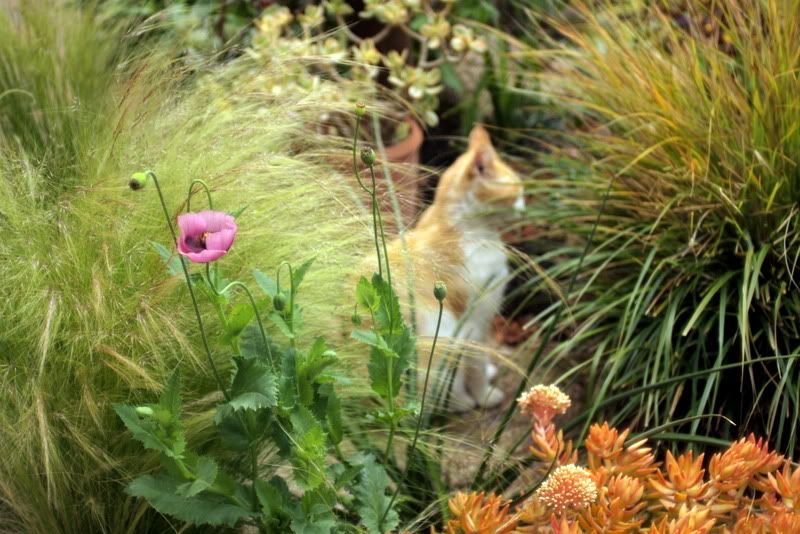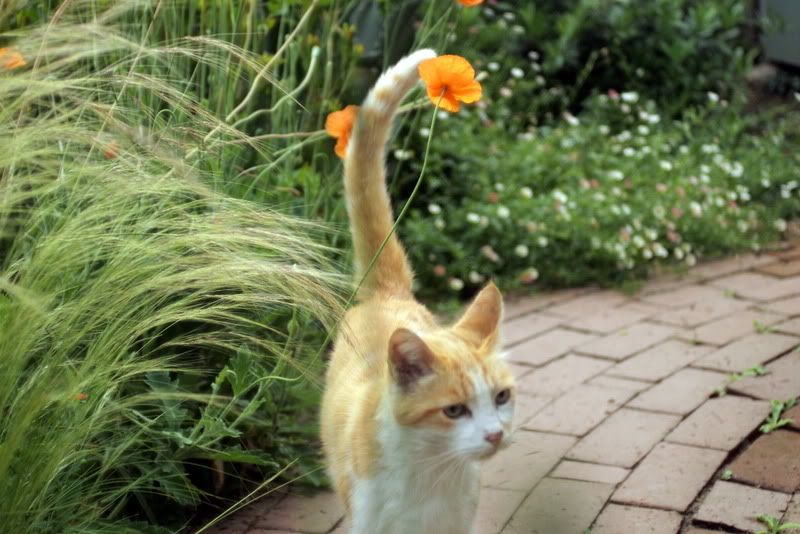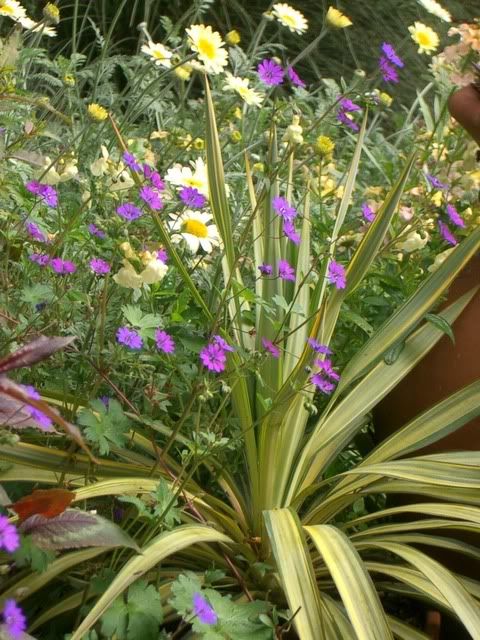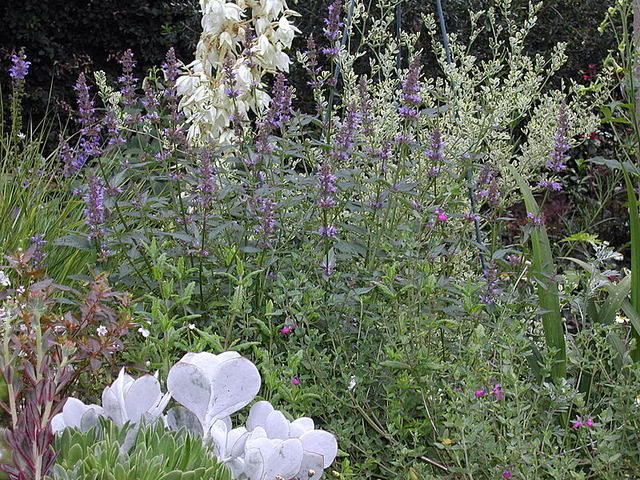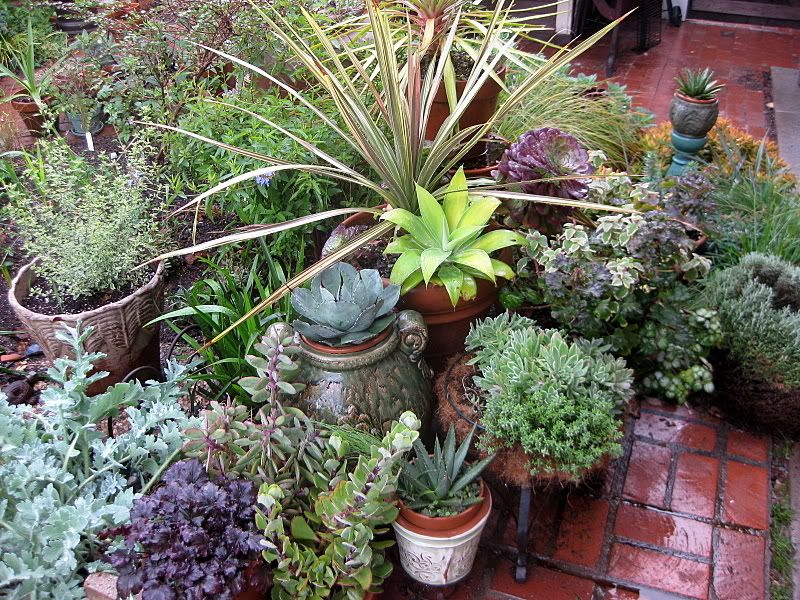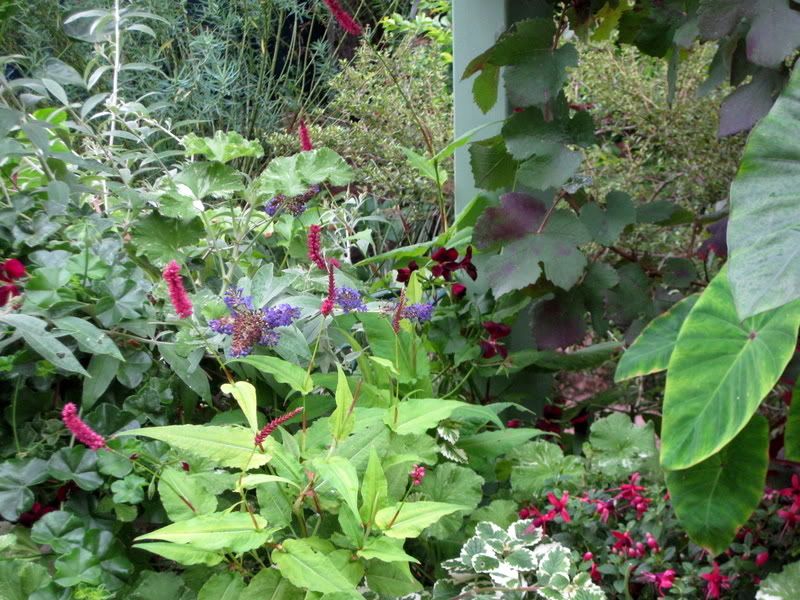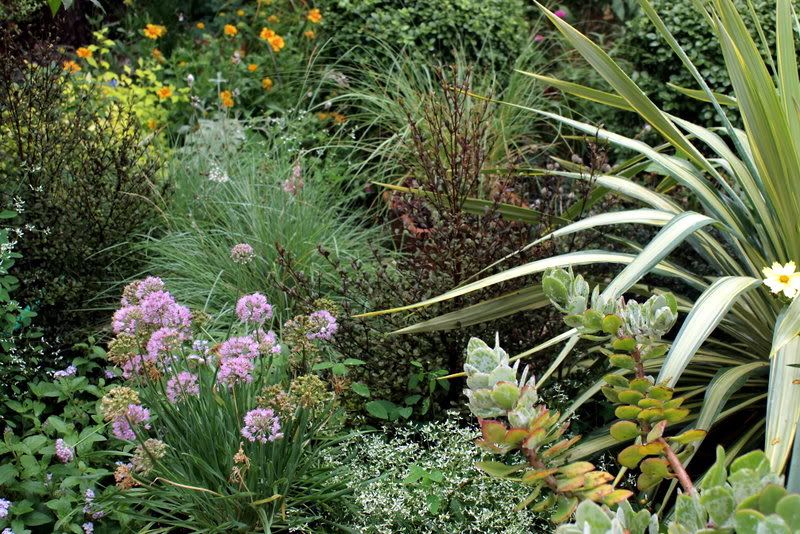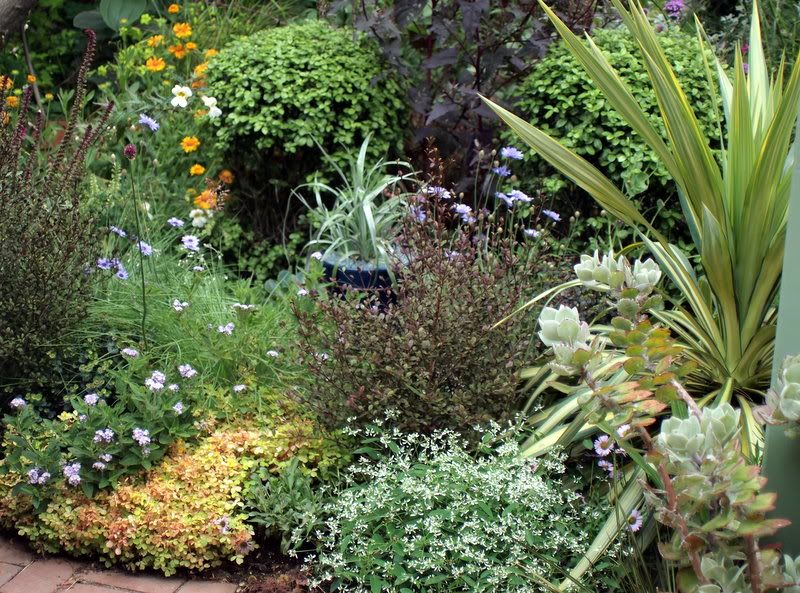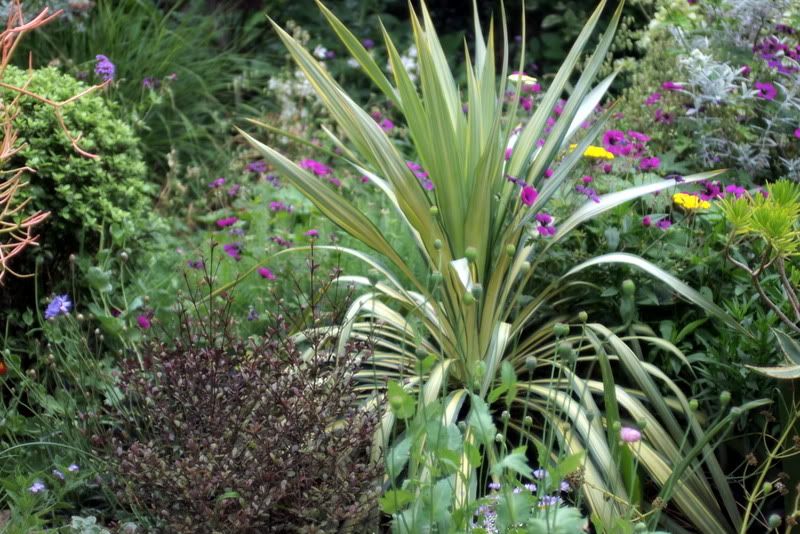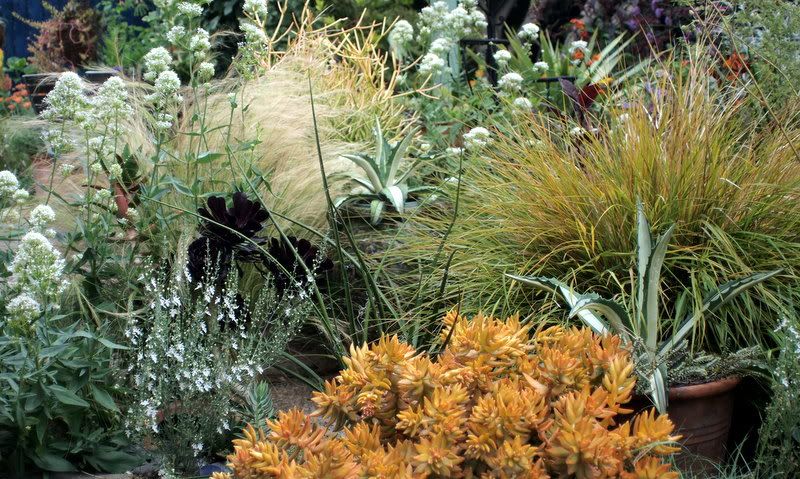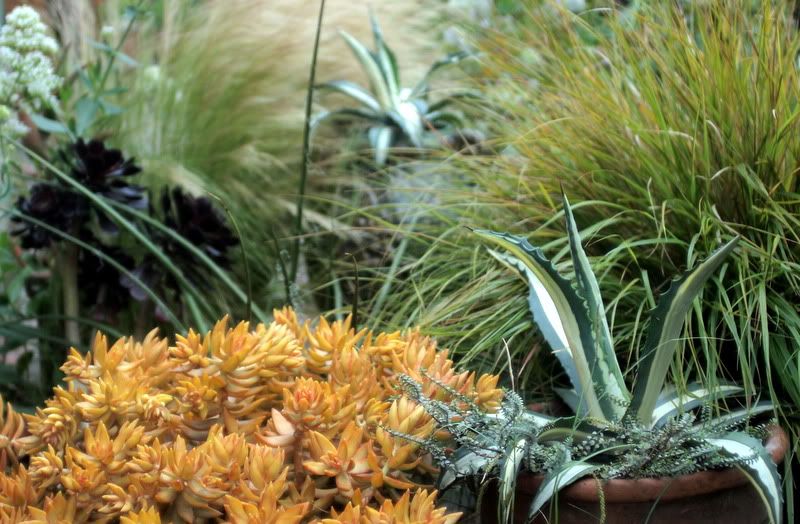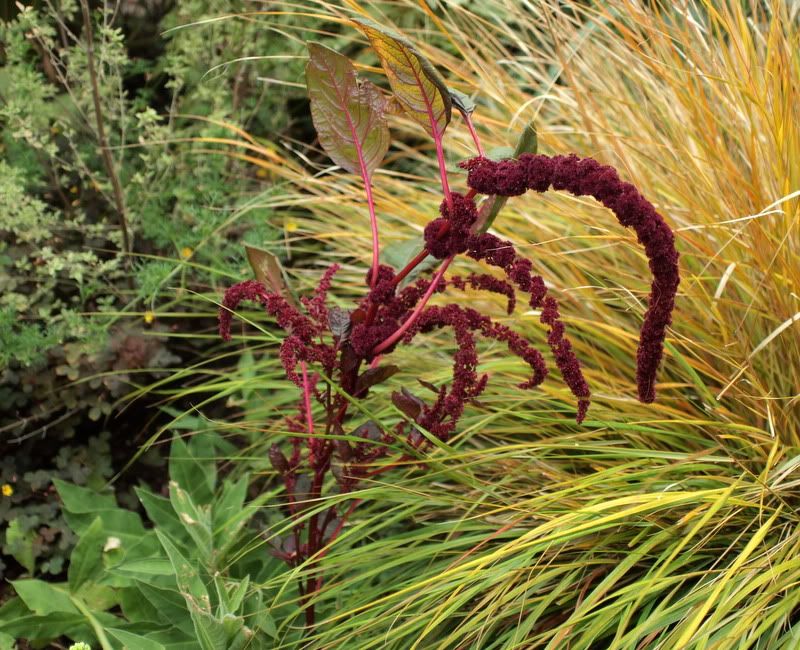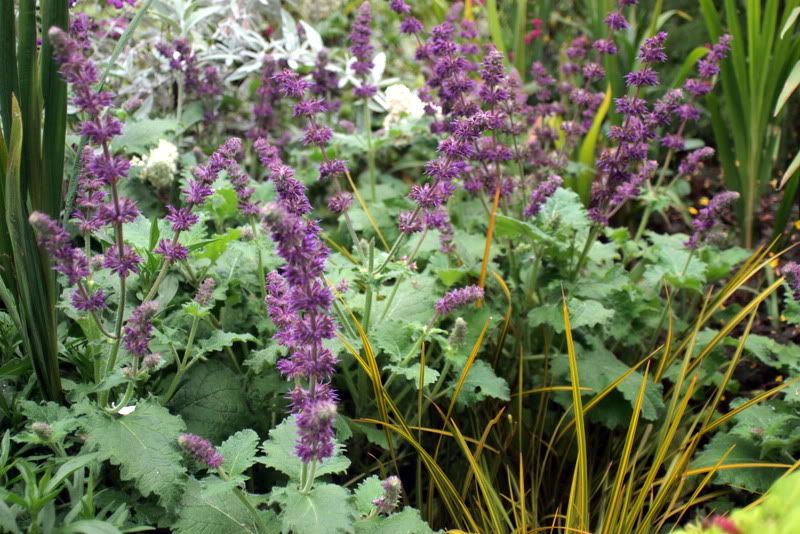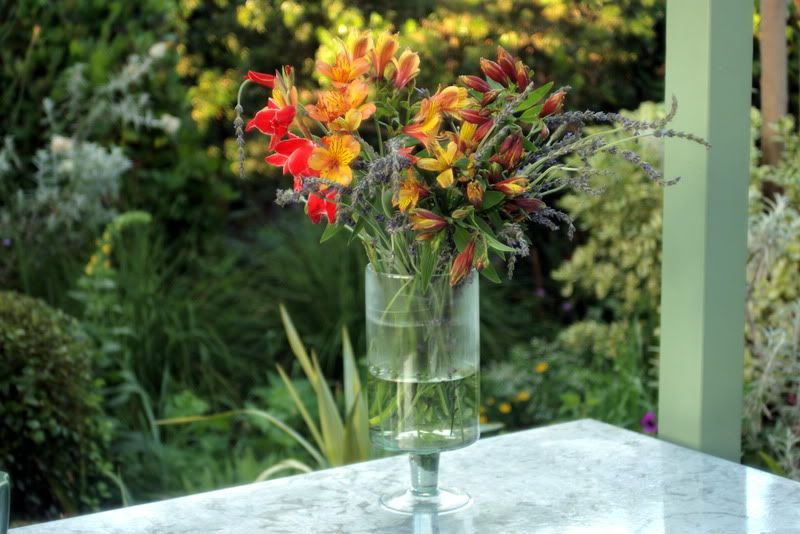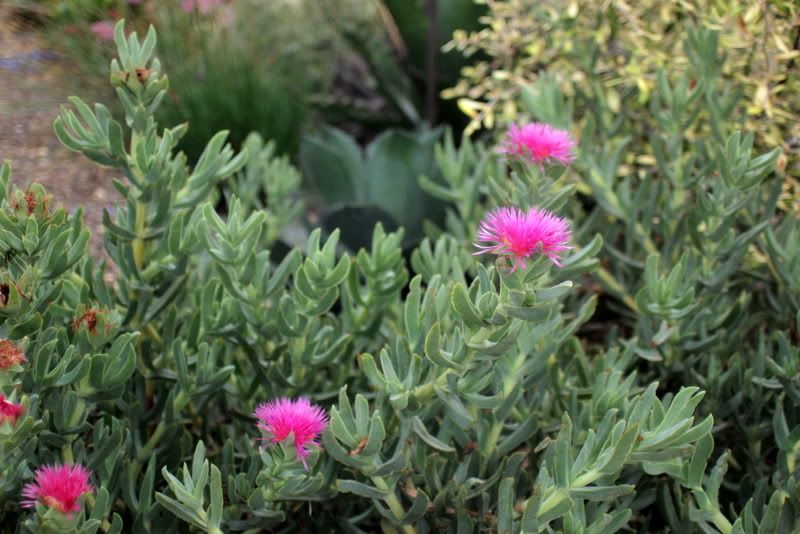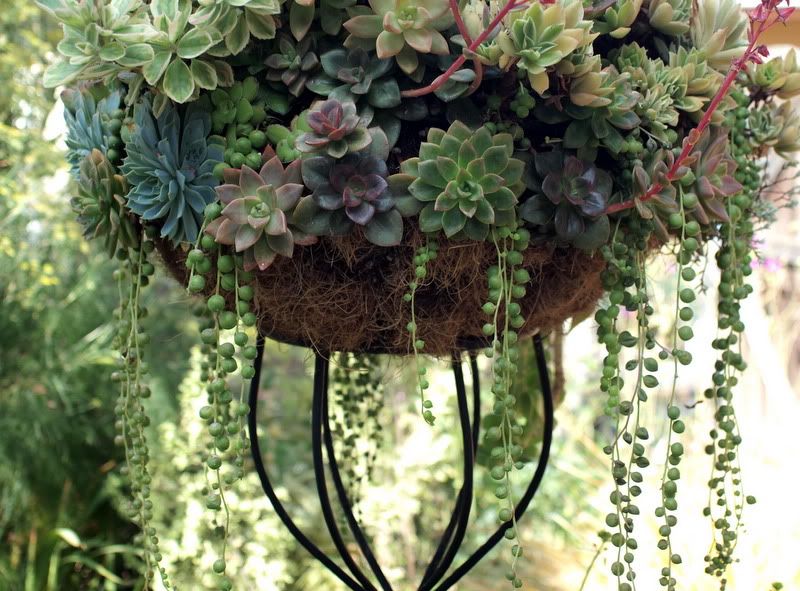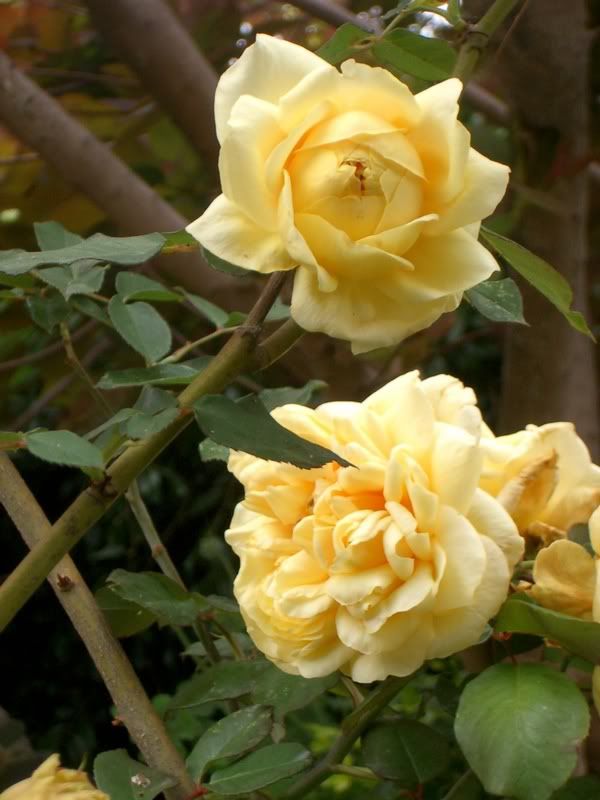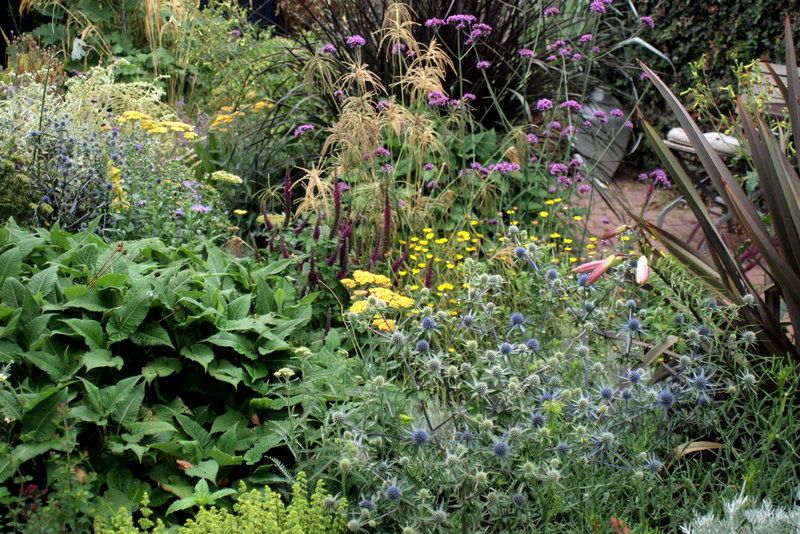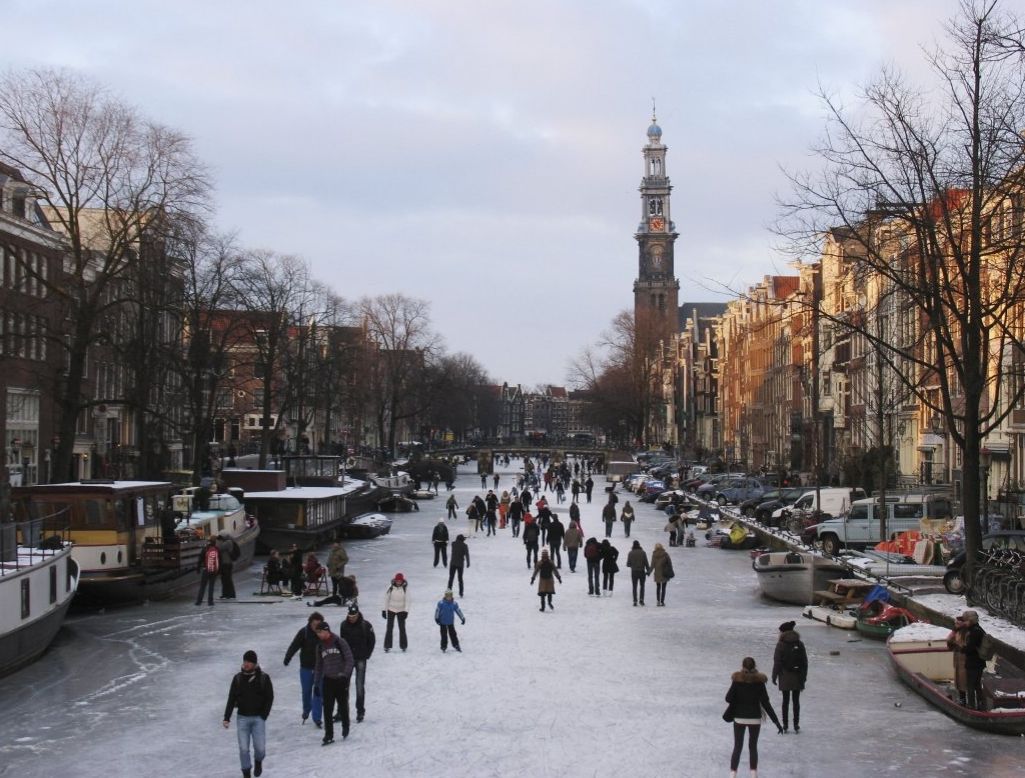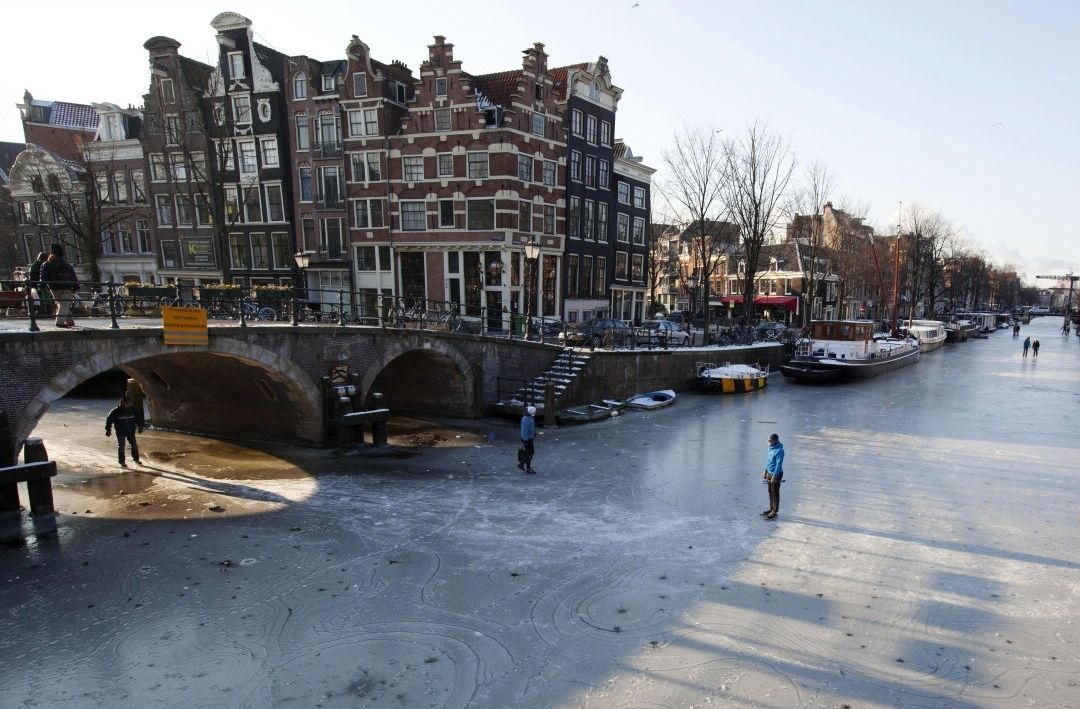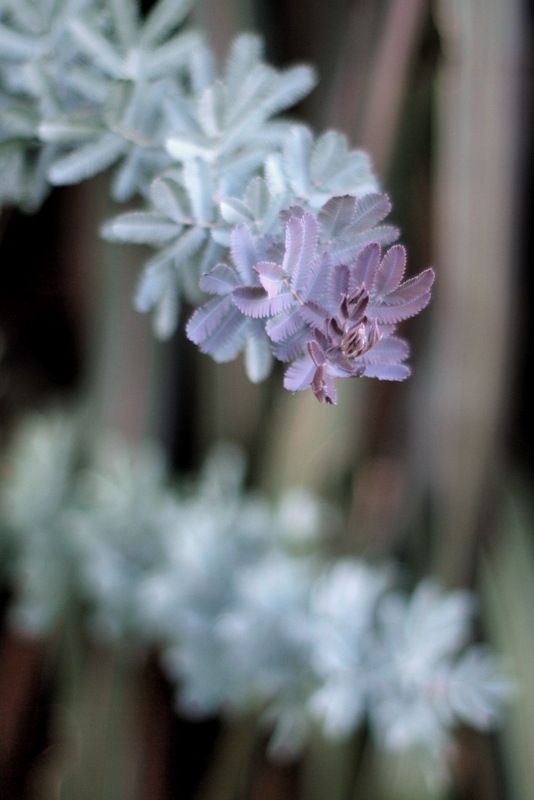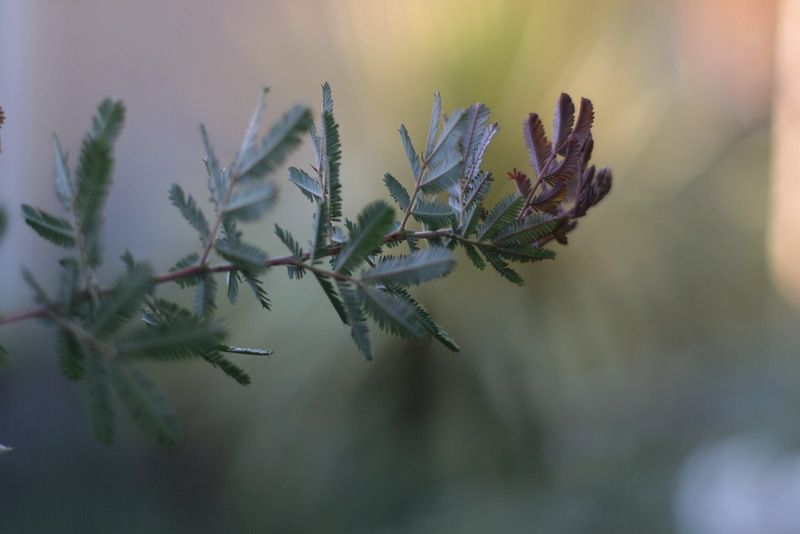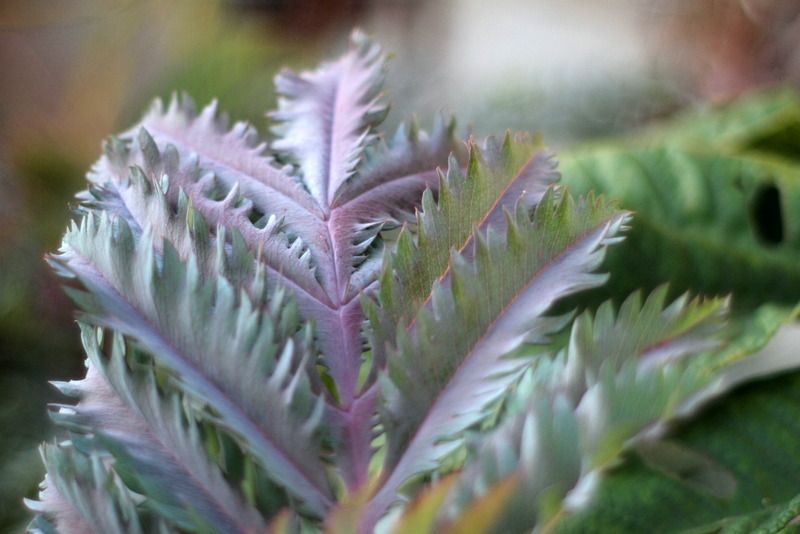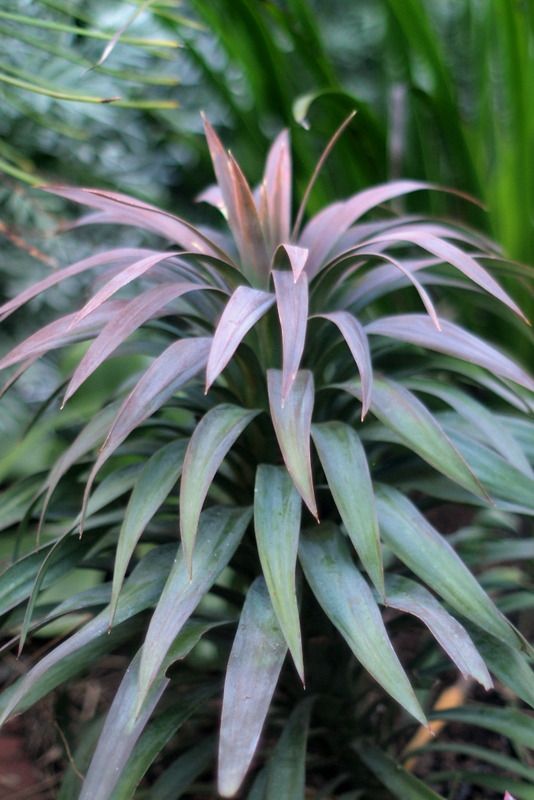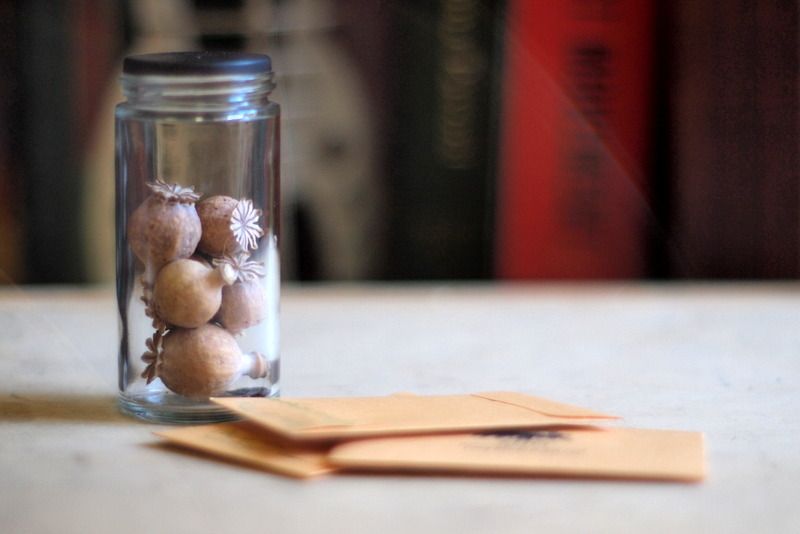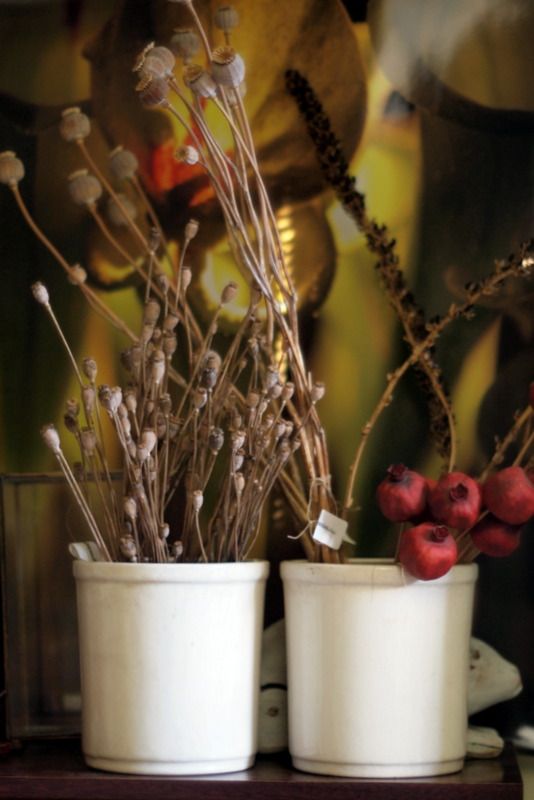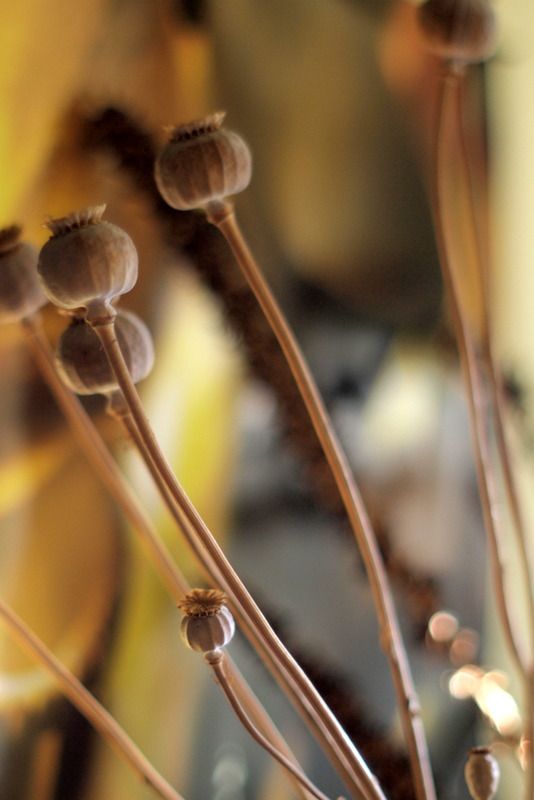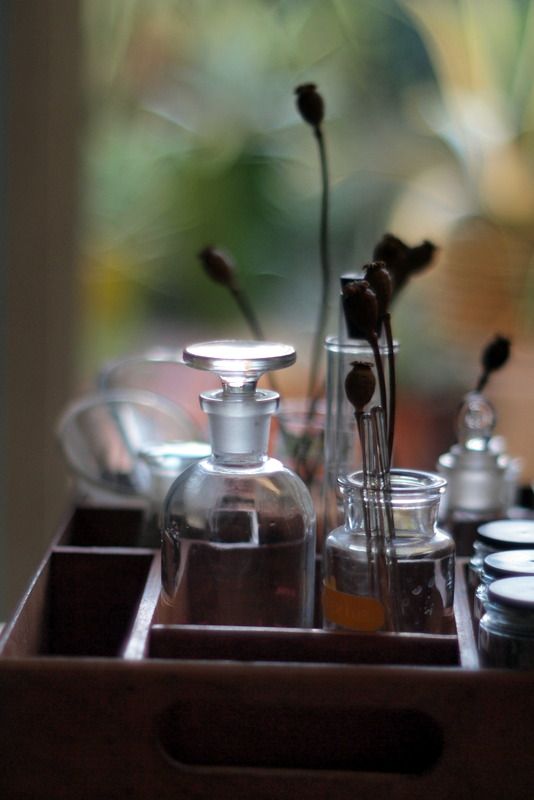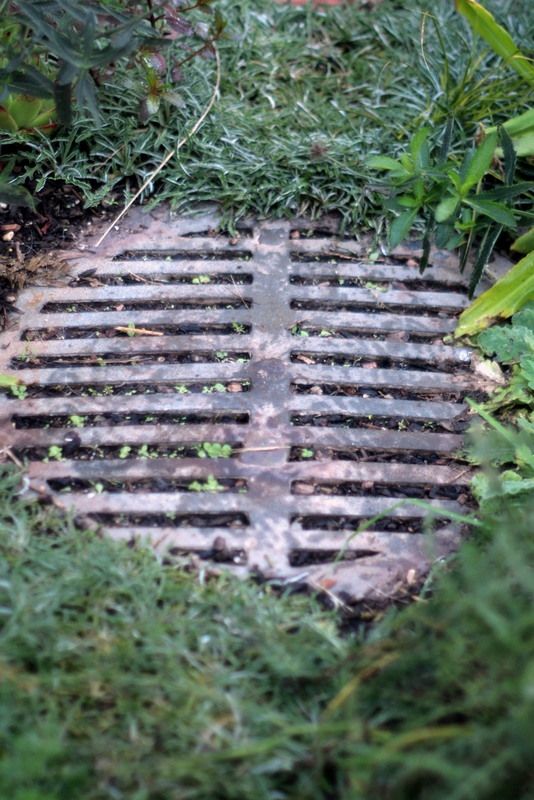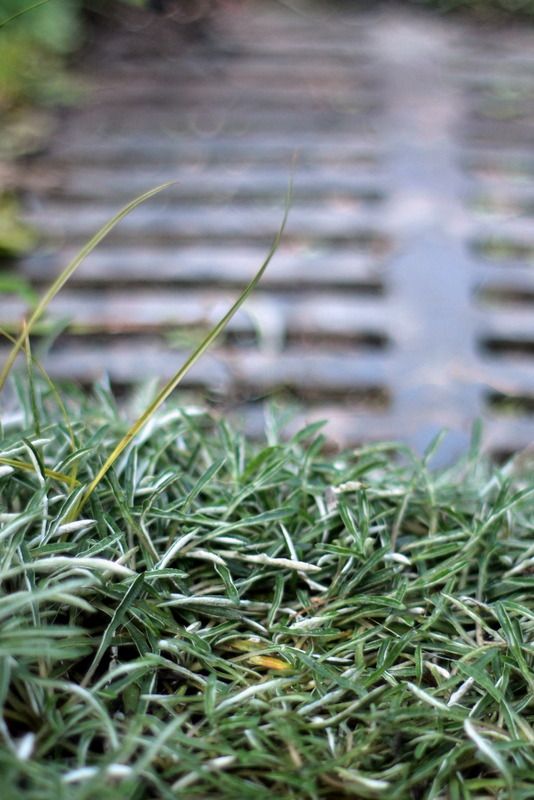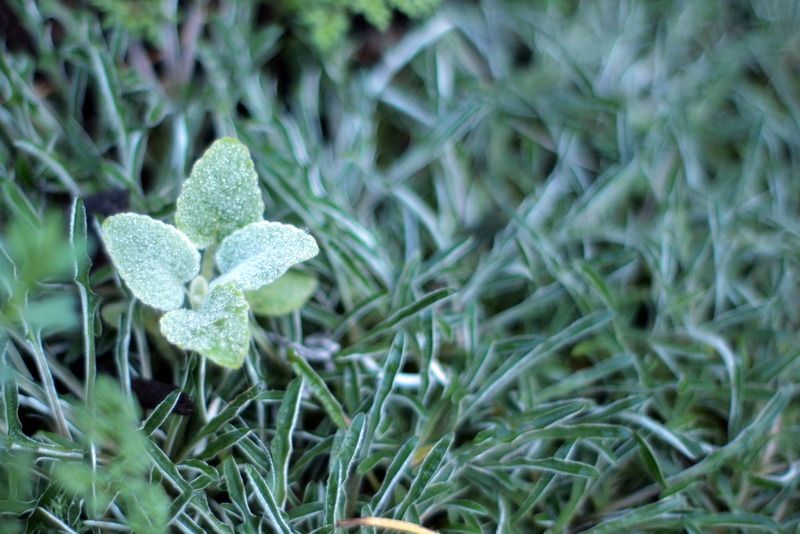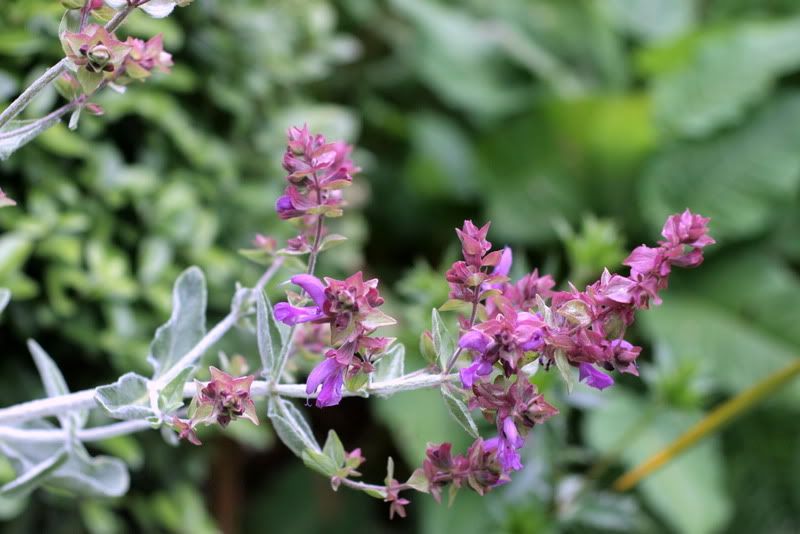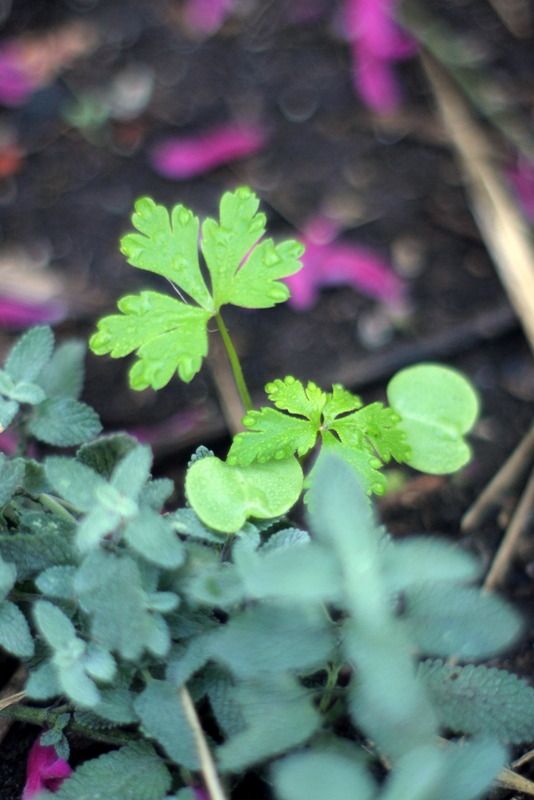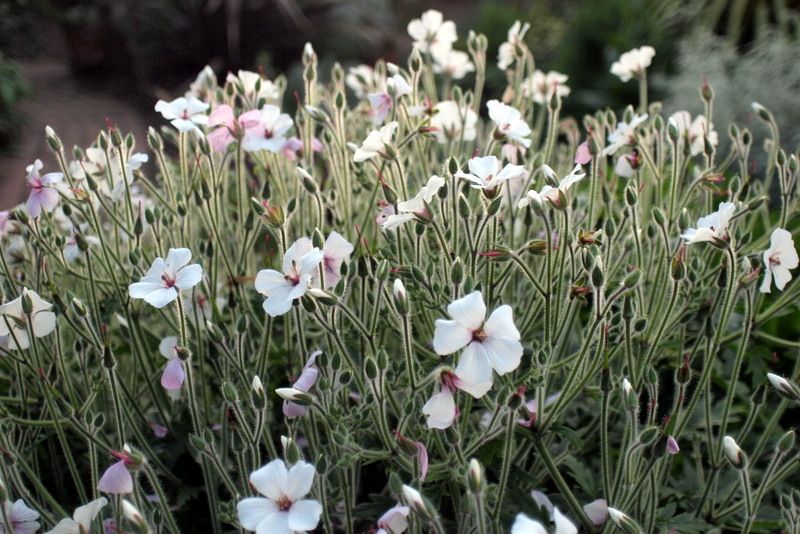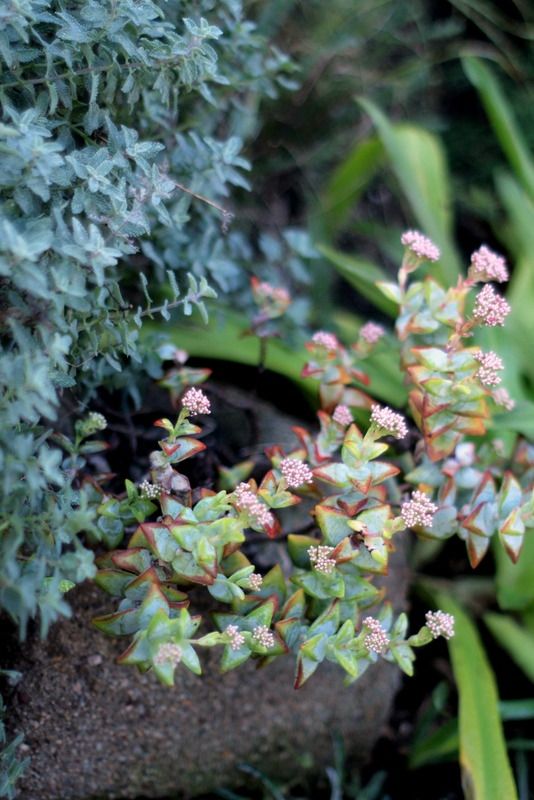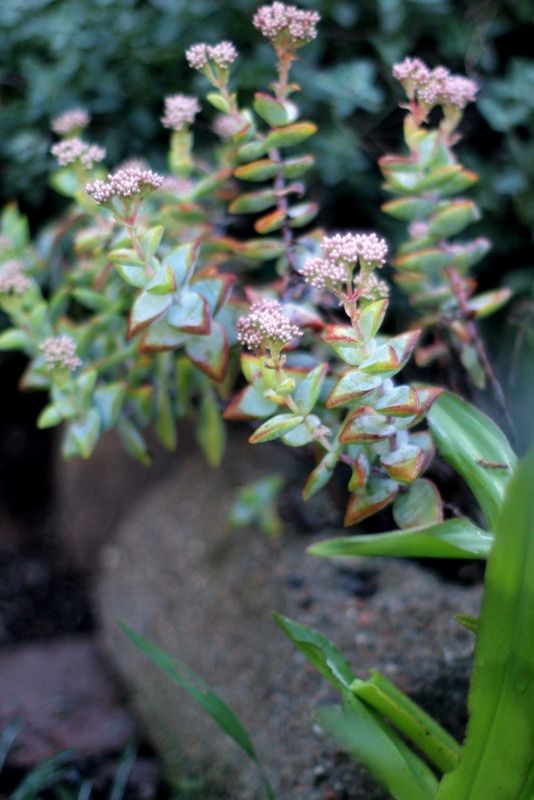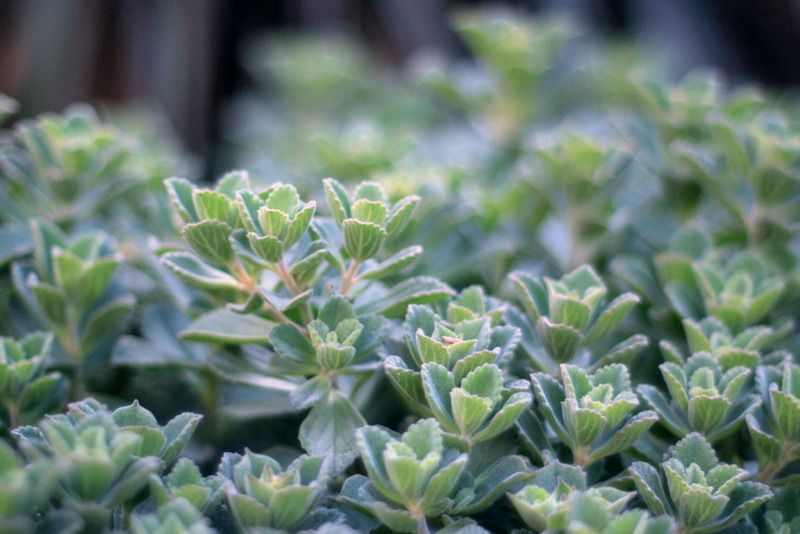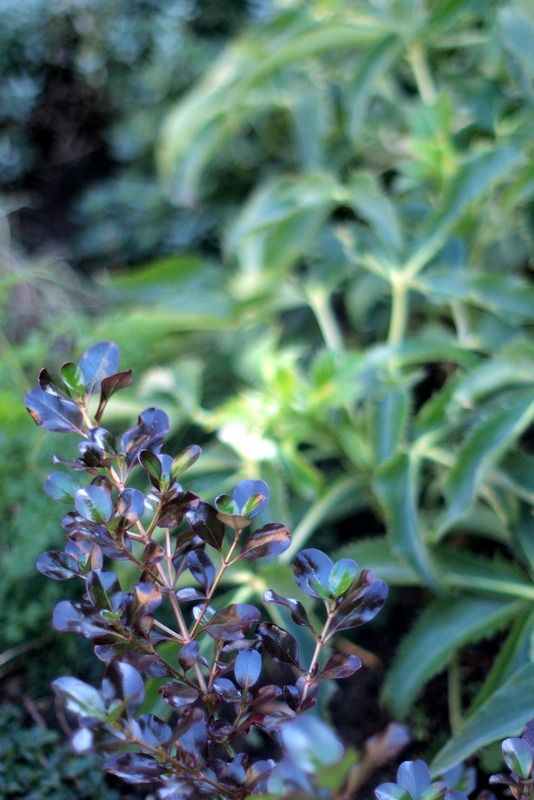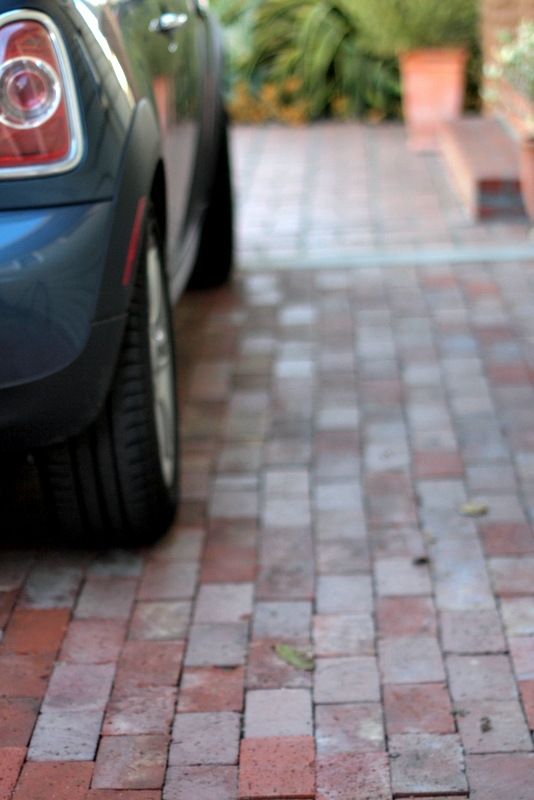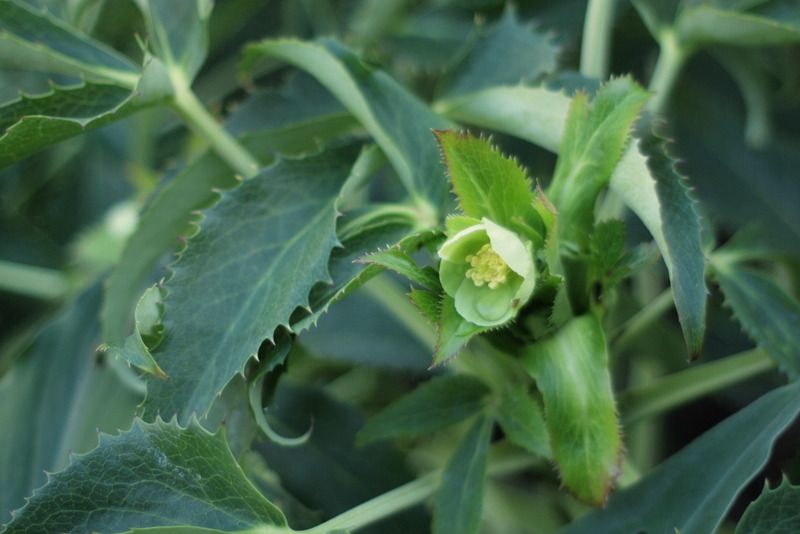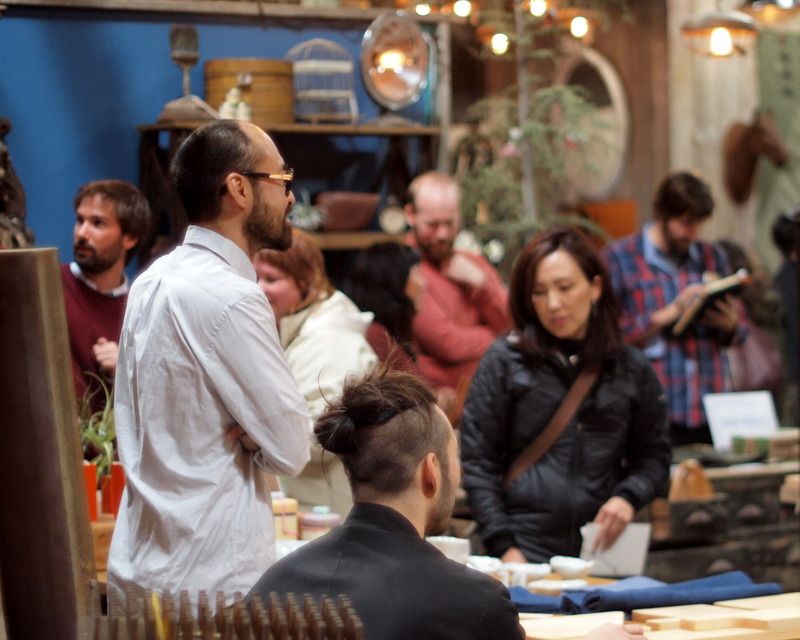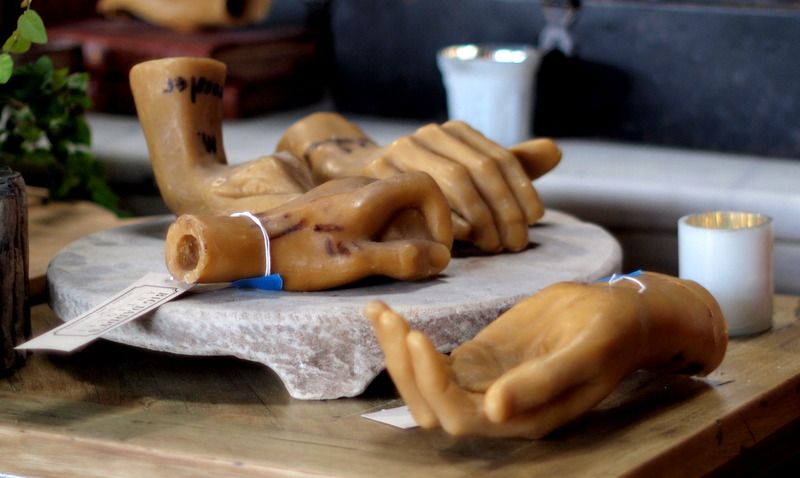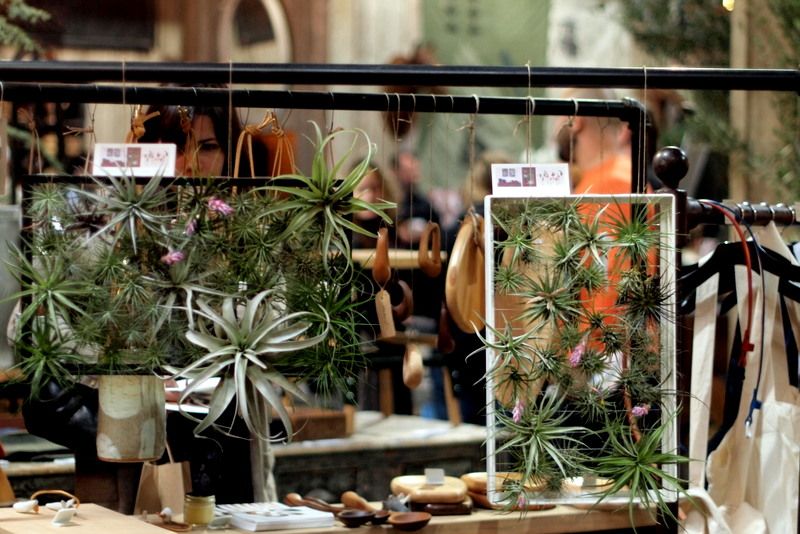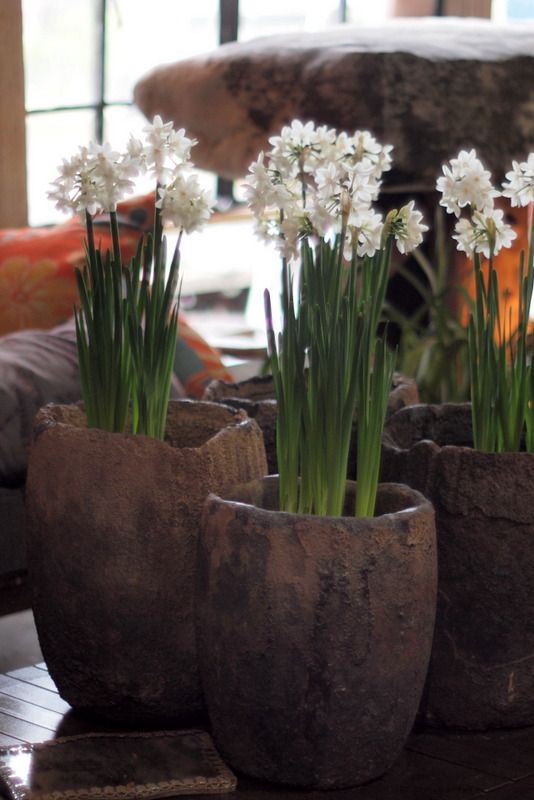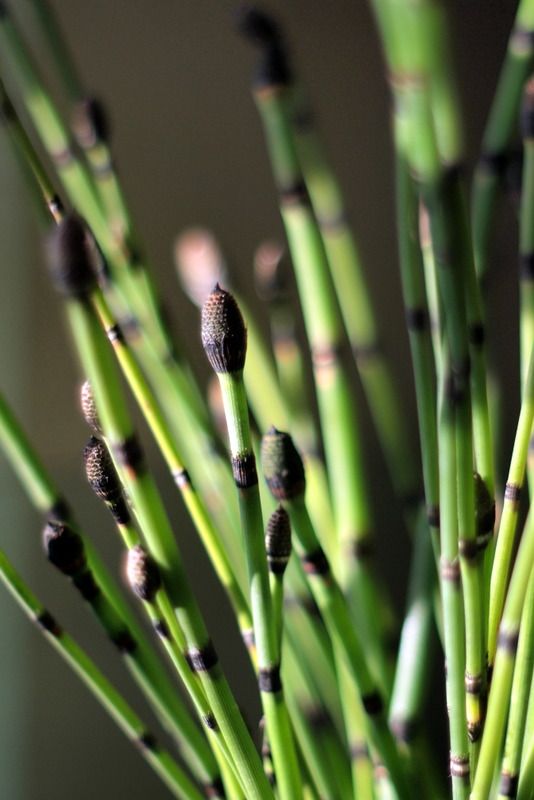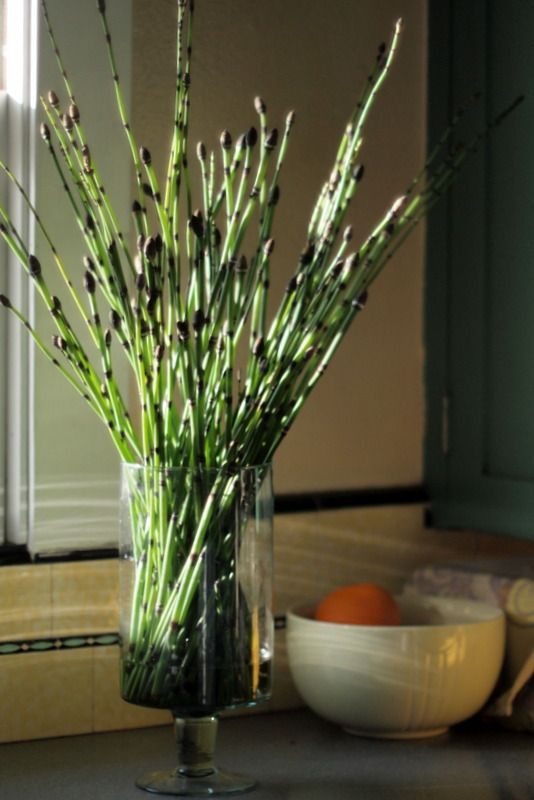With one main living area to work with, to accommodate the holidays here, it’s an inescapable fact that furniture must be shoved around and rearranged. Things are just now slipping back into their former places.
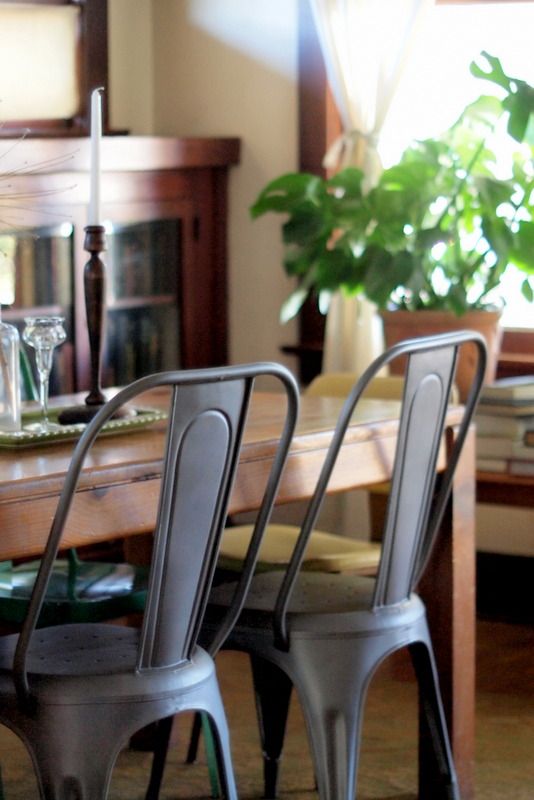
Around late November, the everyday, eat-read-and-work table is pulled out and centered on the rug and becomes transformed into the dining table, pinkies raised.
Chairs from the garden were brought in for extra seating. Bringing stuff in from the garden was the 2013 holidays’ theme, and I’m not talking just plants either.

By the first days of January, the everyday configuration of furniture is restored, the table resumes its Swiss army knife, multipurpose identity, and my reading corner is back in business. But something we did for the holidays has left its mark on the room. Or, rather, something we didn’t do for the holidays. We did not buy a holiday tree this year. Once I admitted this heresy as a possibility, a multitude of practical reasons could be easily found as justification. But, chiefly, there was simply no room. Yes, there had been sufficient room for decades in this same house with this same furniture, but for whatever reasons, this year was different. The emotional circuitry linking the winter holidays with live trees had been rerouted, but not broken. What I was very interested in trying out was the iron tuteur from the garden. Tall and slim, it was no longer needed as support for the passionflower vine, which did not appreciate being cut back hard. (It died.) More importantly, no furniture needed to be rearranged again to accommodate the girth of a tree.
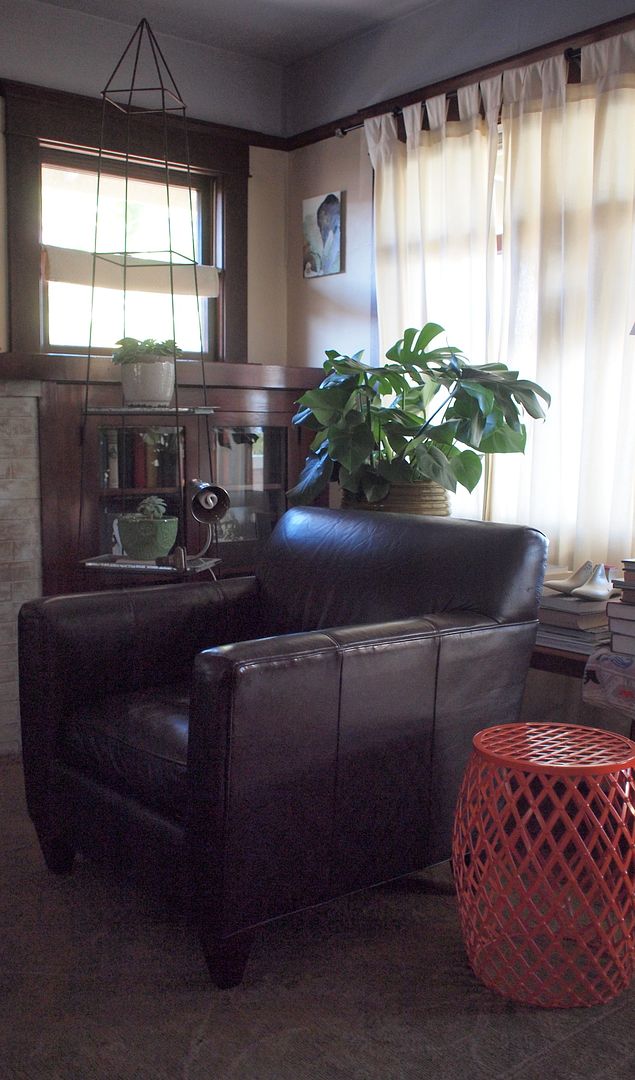
I always find that these tradition-breaking experiments are best done in secrecy. Telling no one, I dragged in the tuteur, tucking it in closer to the fireplace than any tree could safely tolerate, wrapped it in lights and garlands of stars and whatnot, and hung just a few of the ornaments. At this point I was discovered, so I stopped and awaited judgment. I was pretty sure I would be accused of having strayed completely out of the bounds of holiday decency, and where was the real tree anyway with its familiar piney scent? It must have been the year for upending tradition, because the tuteur was proclaimed the best holiday obelisk ever, and the rest of its decoration was taken over by other enthusiastic hands. The robots, pirates, elephants, giraffes — the entire holiday menagerie took to the metal armature like festive trapeze artists. (A photo would be nice at this point, but I was mostly out of blog mode and didn’t think to take any of our eccentric experiment.) The lights were plugged in and lit the obelisk nonstop, day and night, until it was taken down. And even then I wasn’t ready to move the obelisk back into the garden.
I became mesmerized by the tuteur’s potential. It had supported a passionflower vine and done duty as the holiday obelisk. What else could it do? Being see-through was a big part of its appeal. Like an allium, it drew an elegant line and took up little space. And if the tuteur could stay indoors, then bringing inside the orange metal side table made perfect sense too.
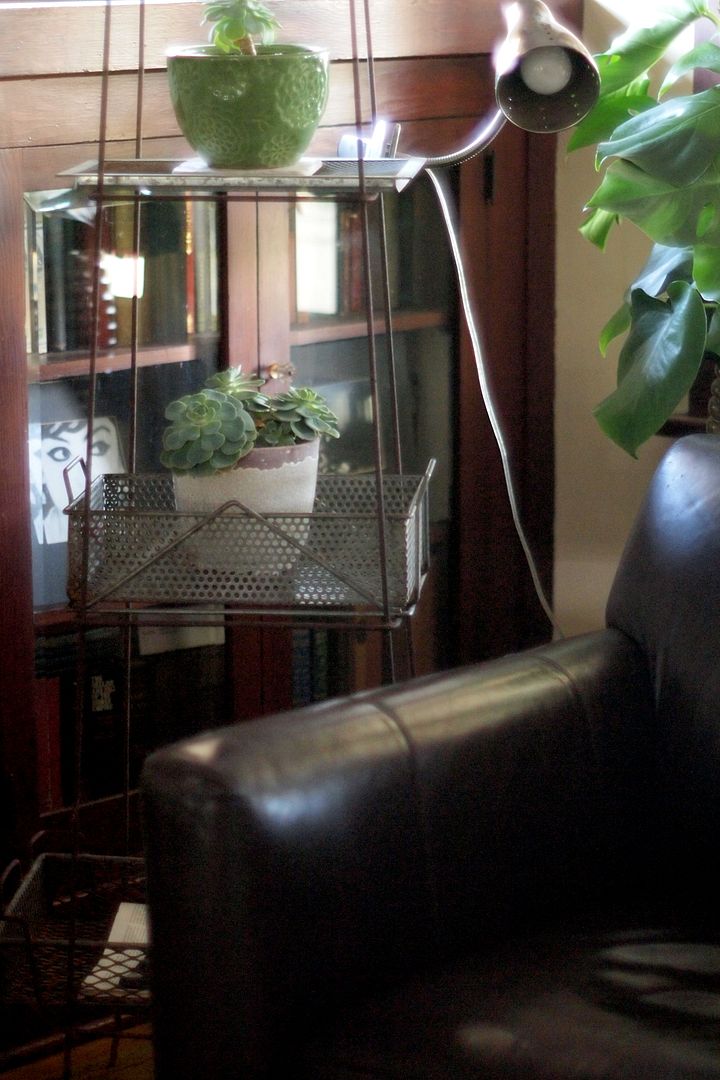
More stuff from the garden became part of this eccentric experiment, like my industrial metal baskets. Plants and shelves were added, a reading light was clipped on.
I guess my point is that the garden can be a source of inspiration for the holidays and even afterward, and not just strictly for the plants.
And if we can have outdoor garden rooms for summer, why not indoor garden rooms for winter?

